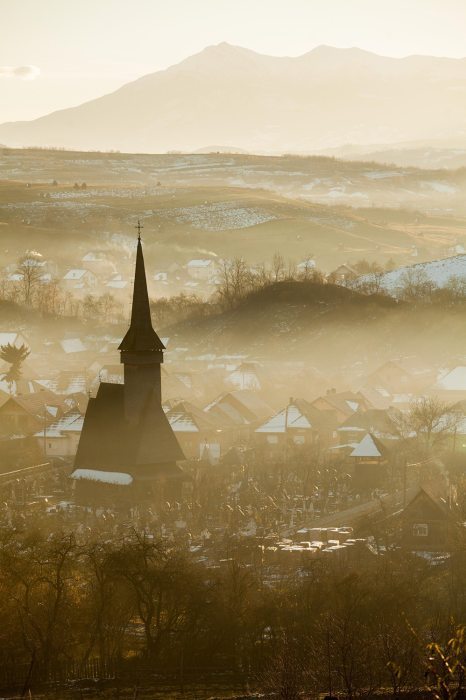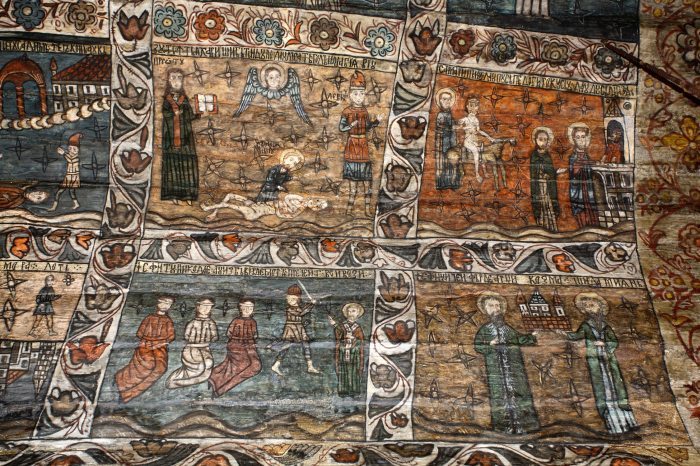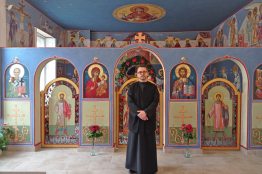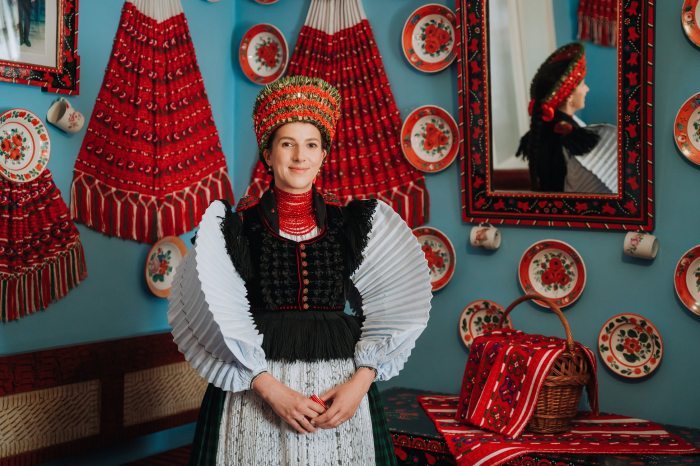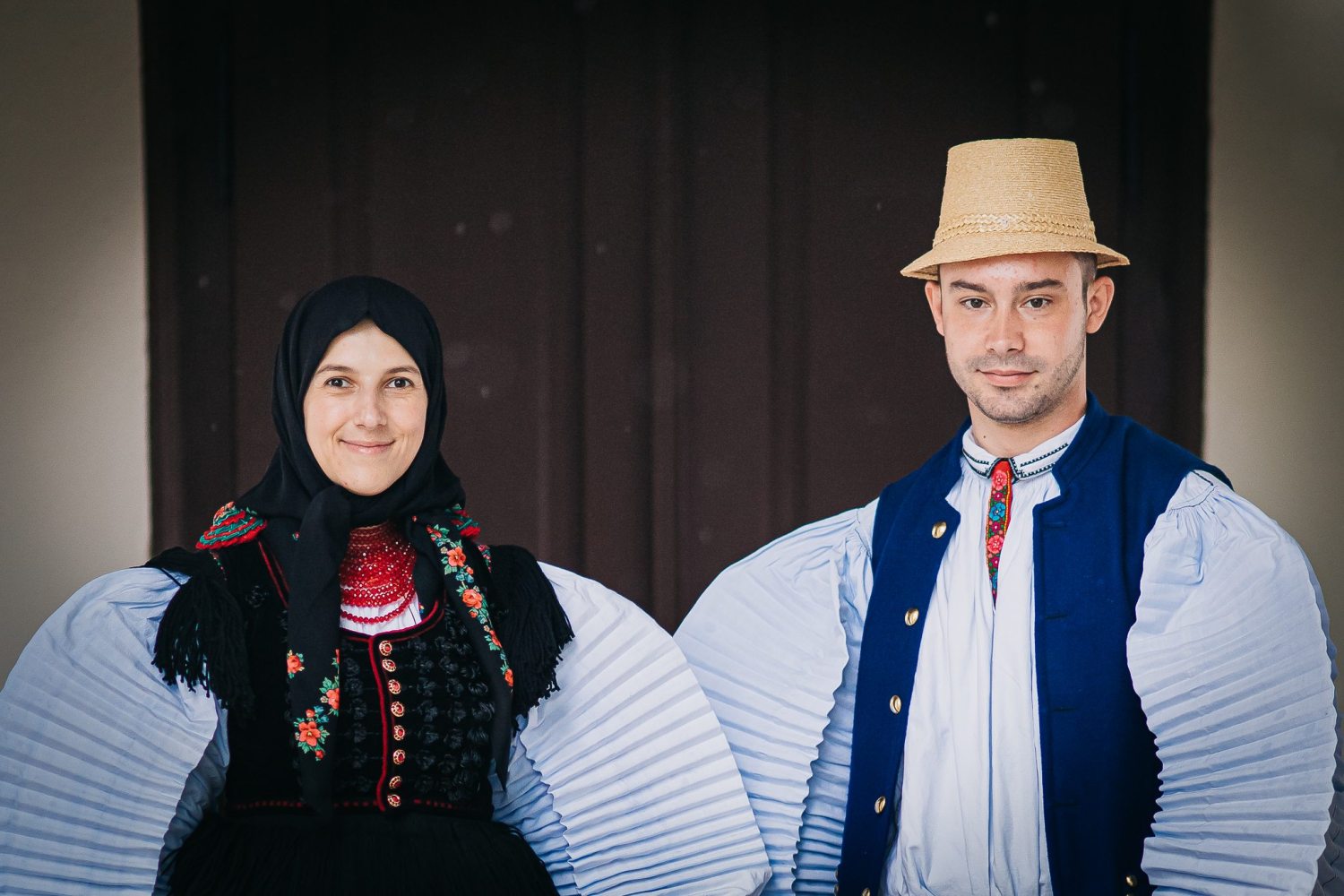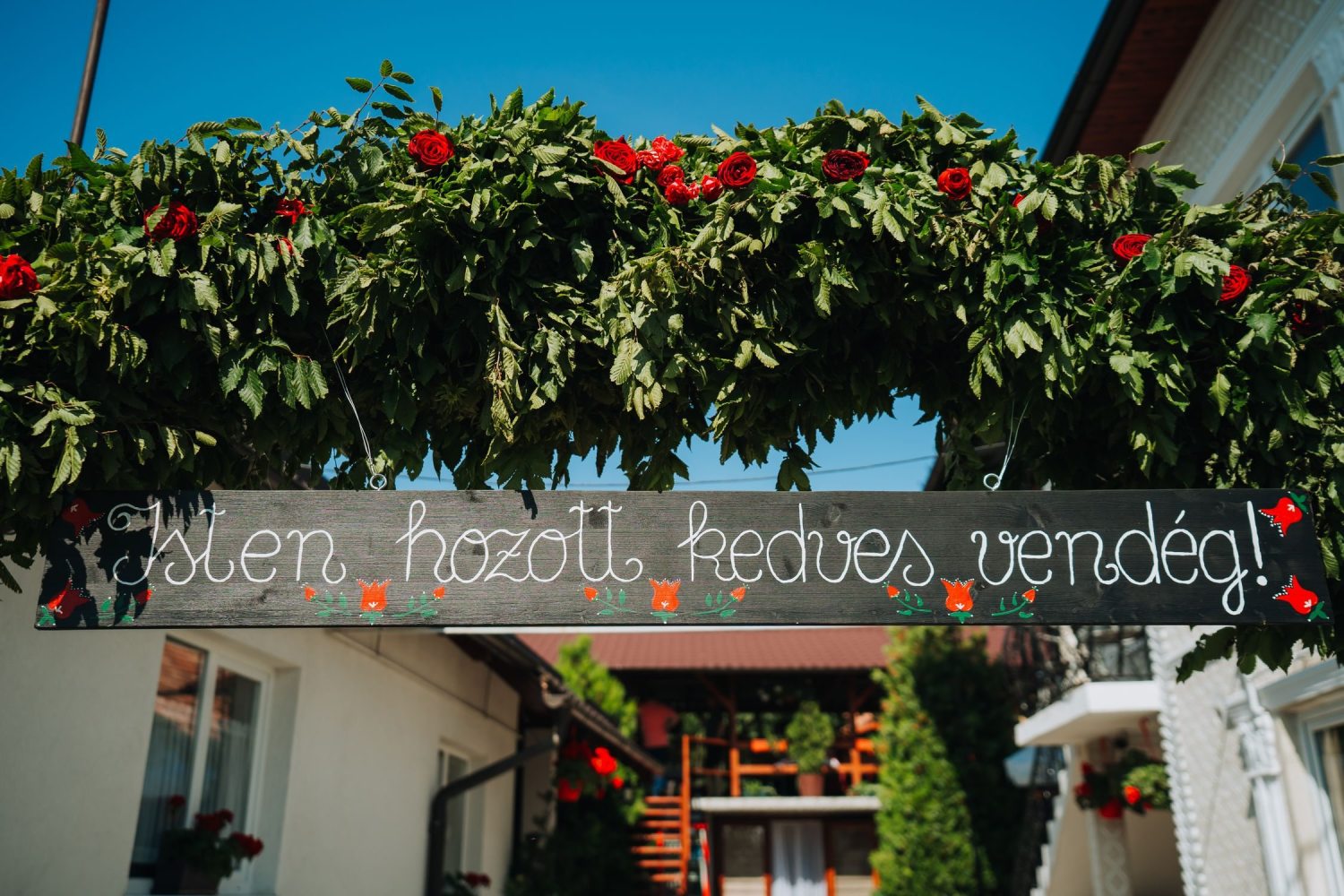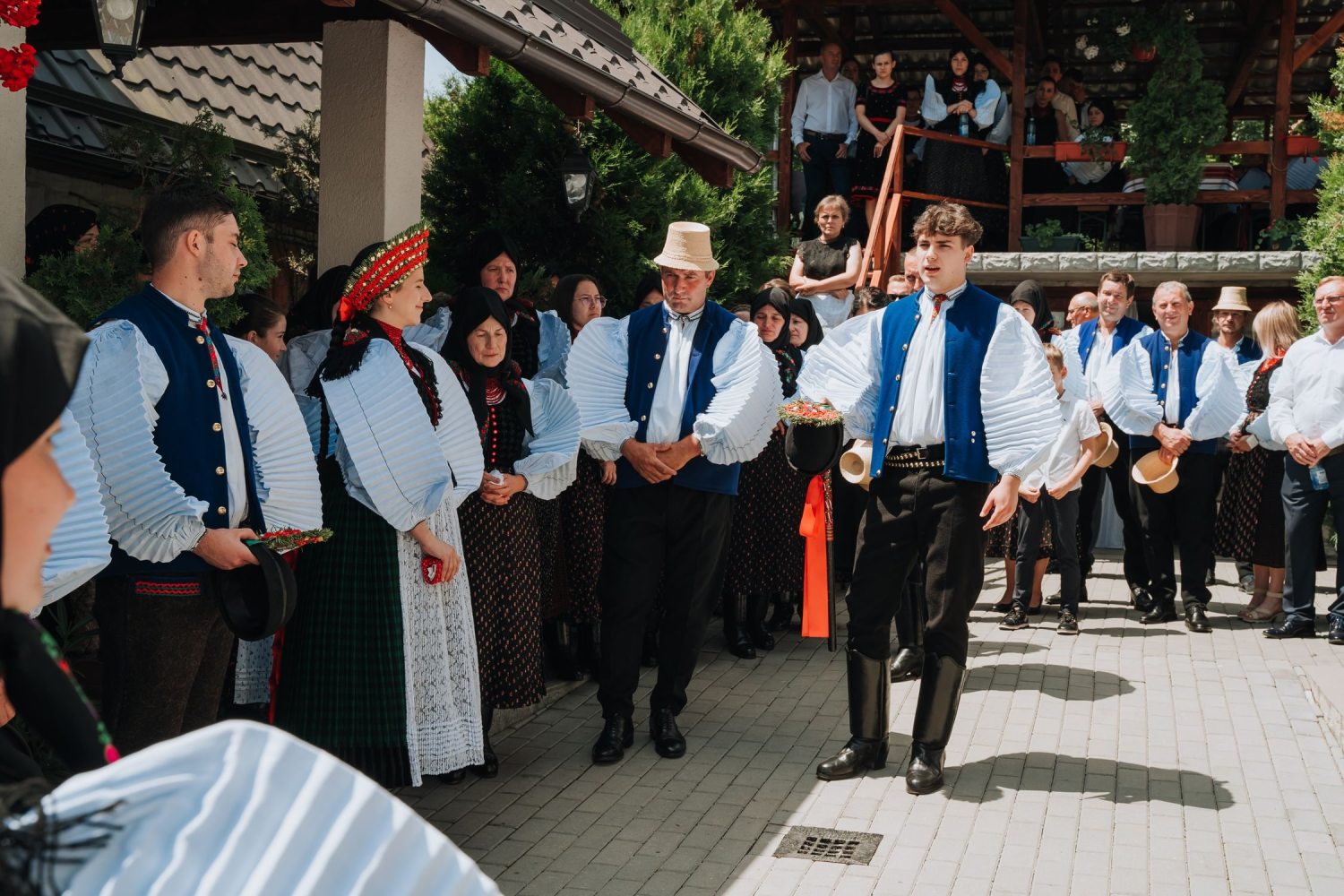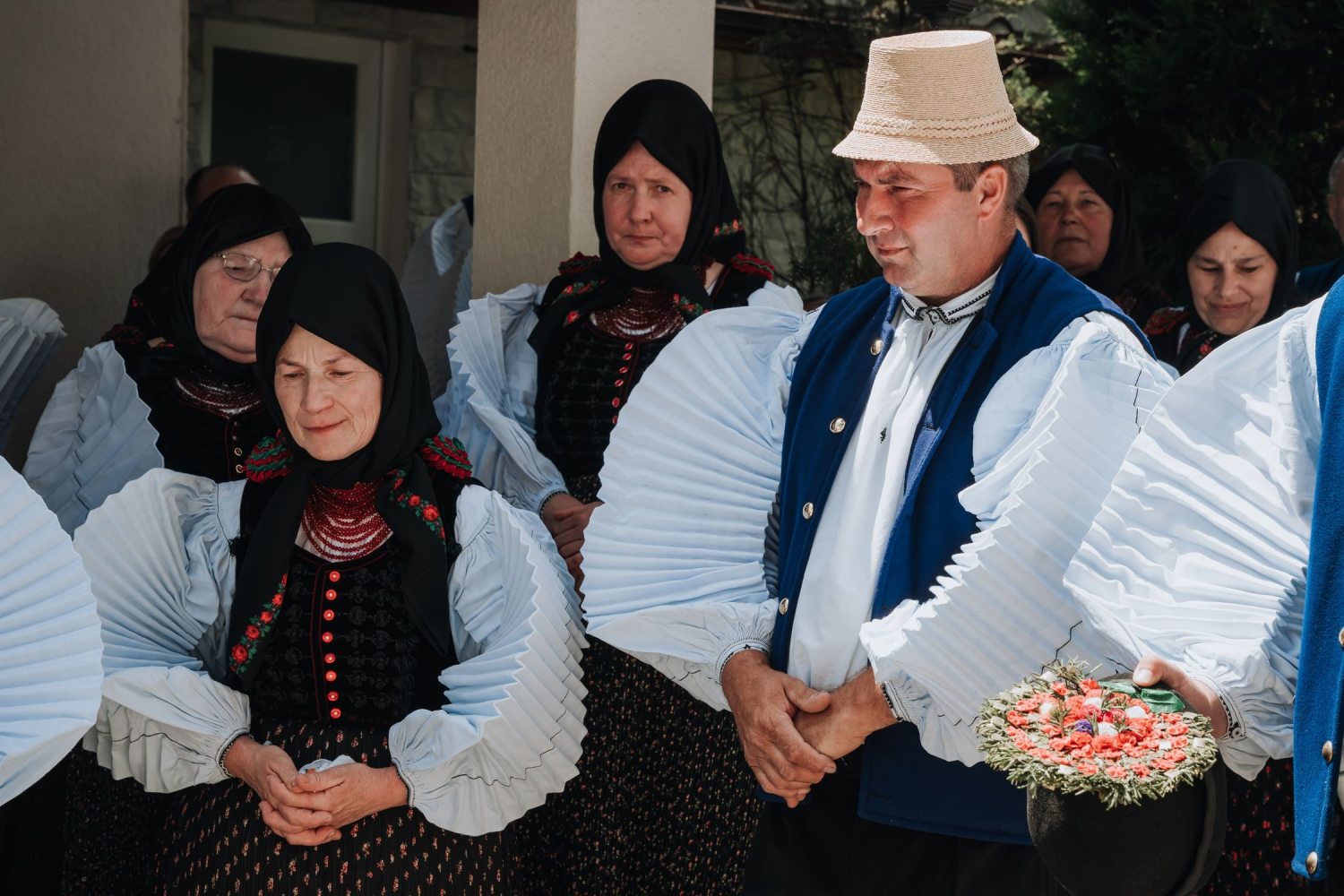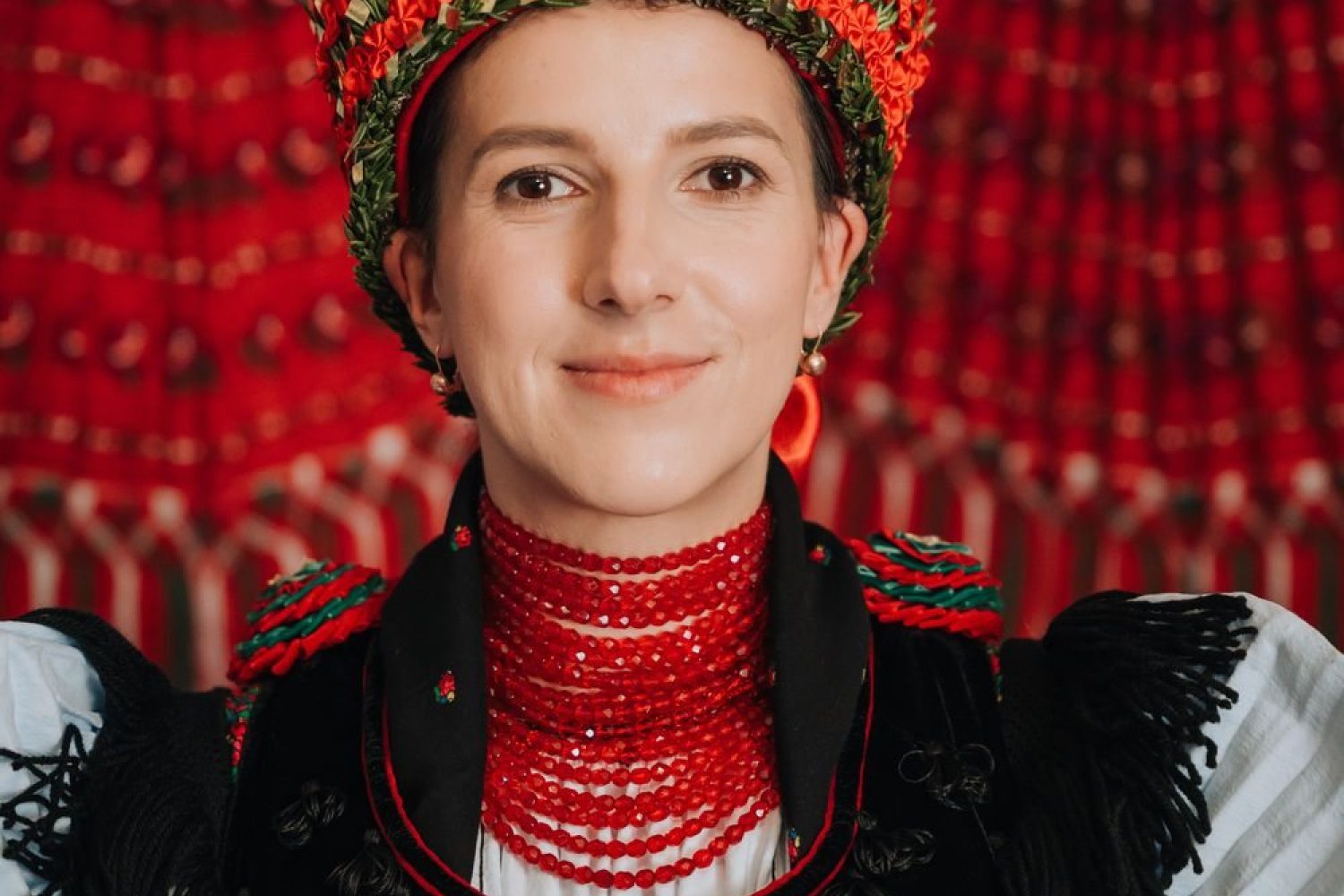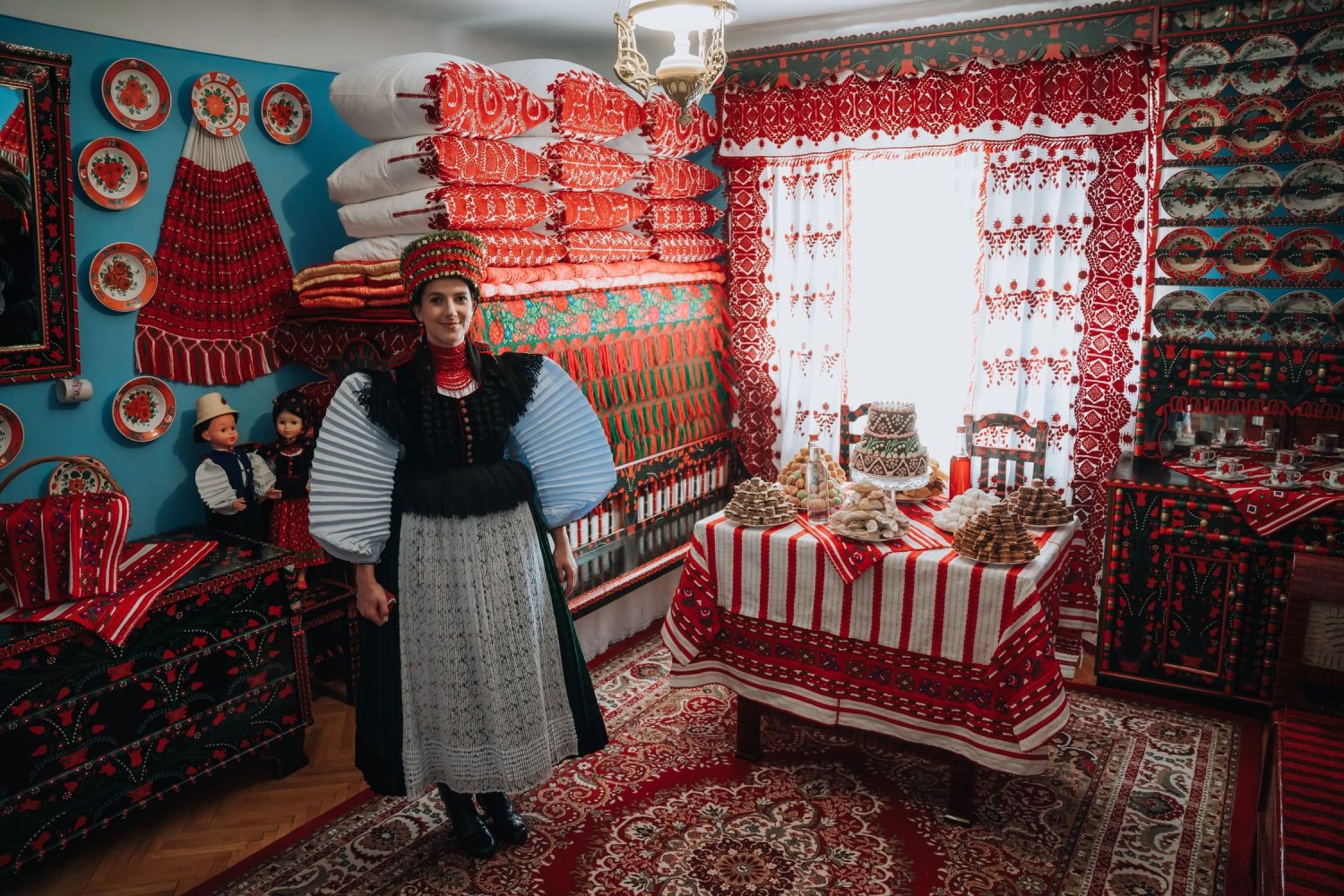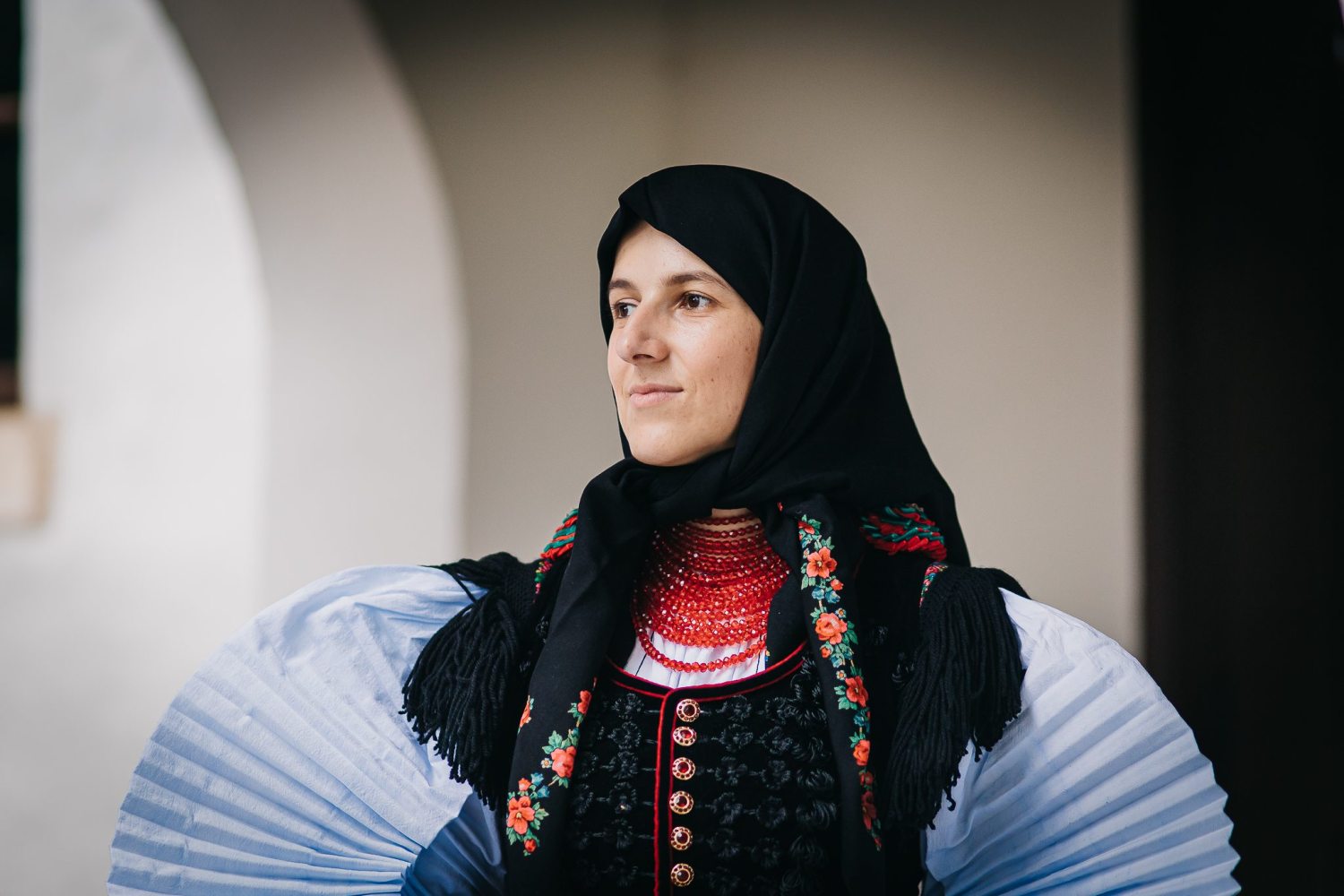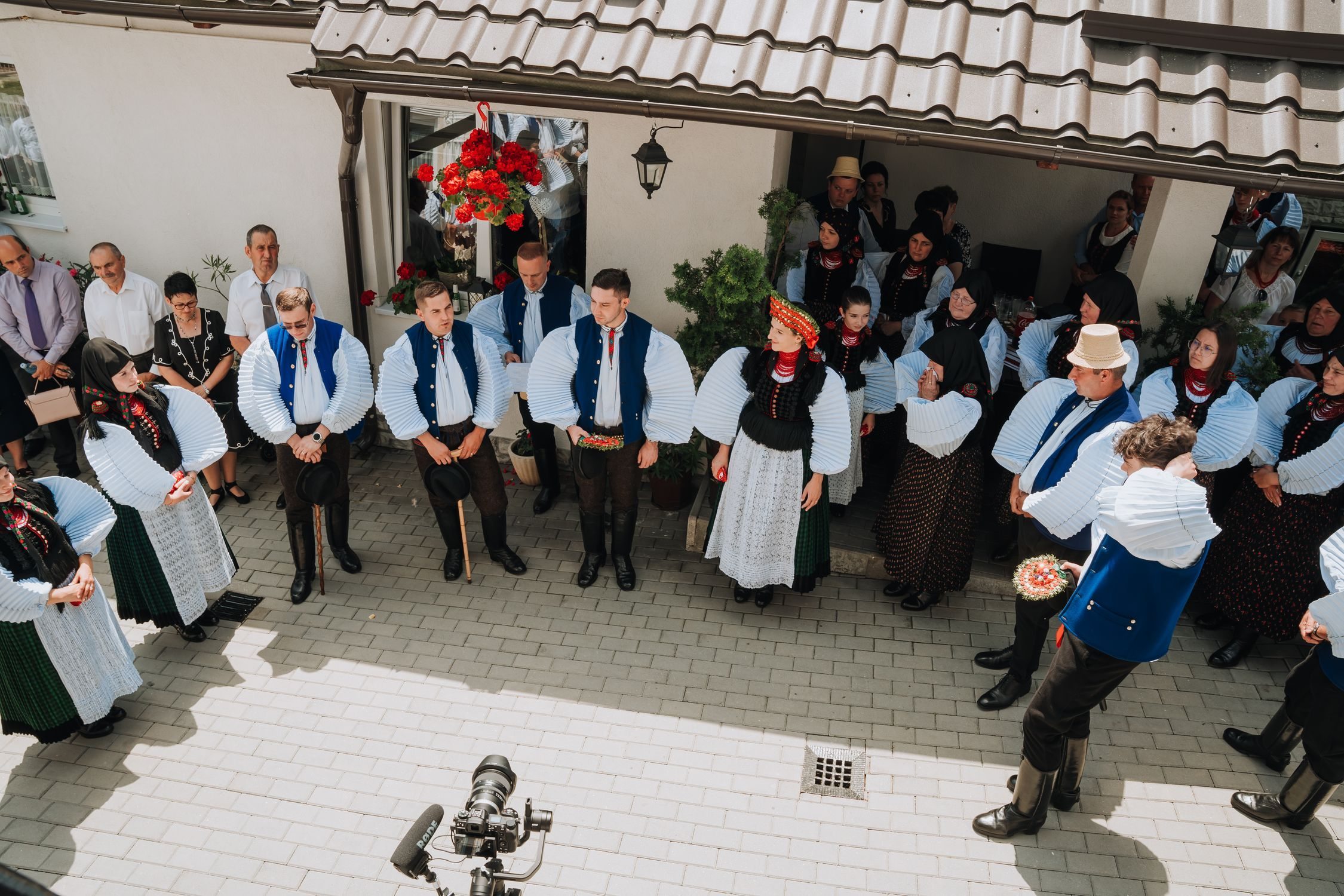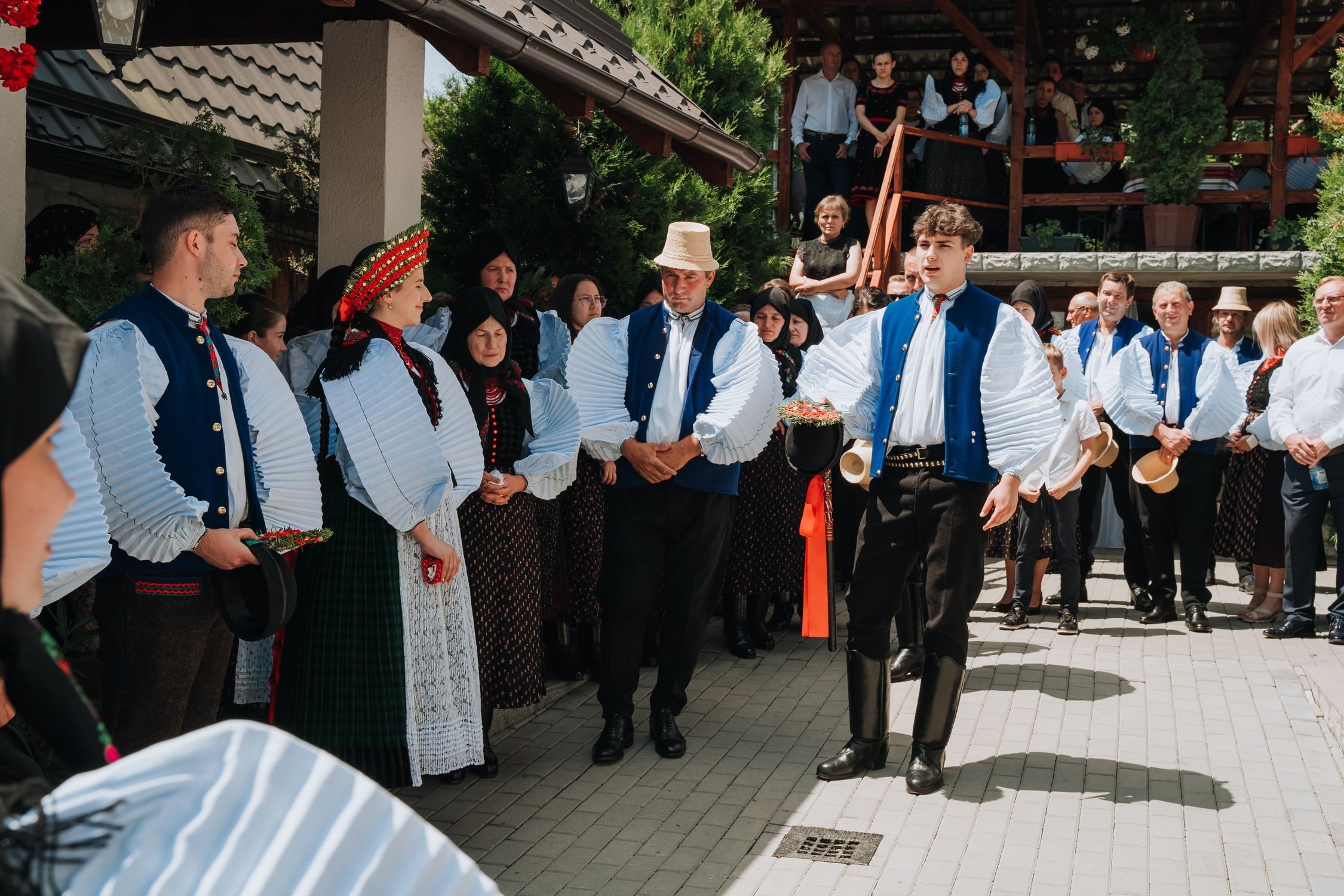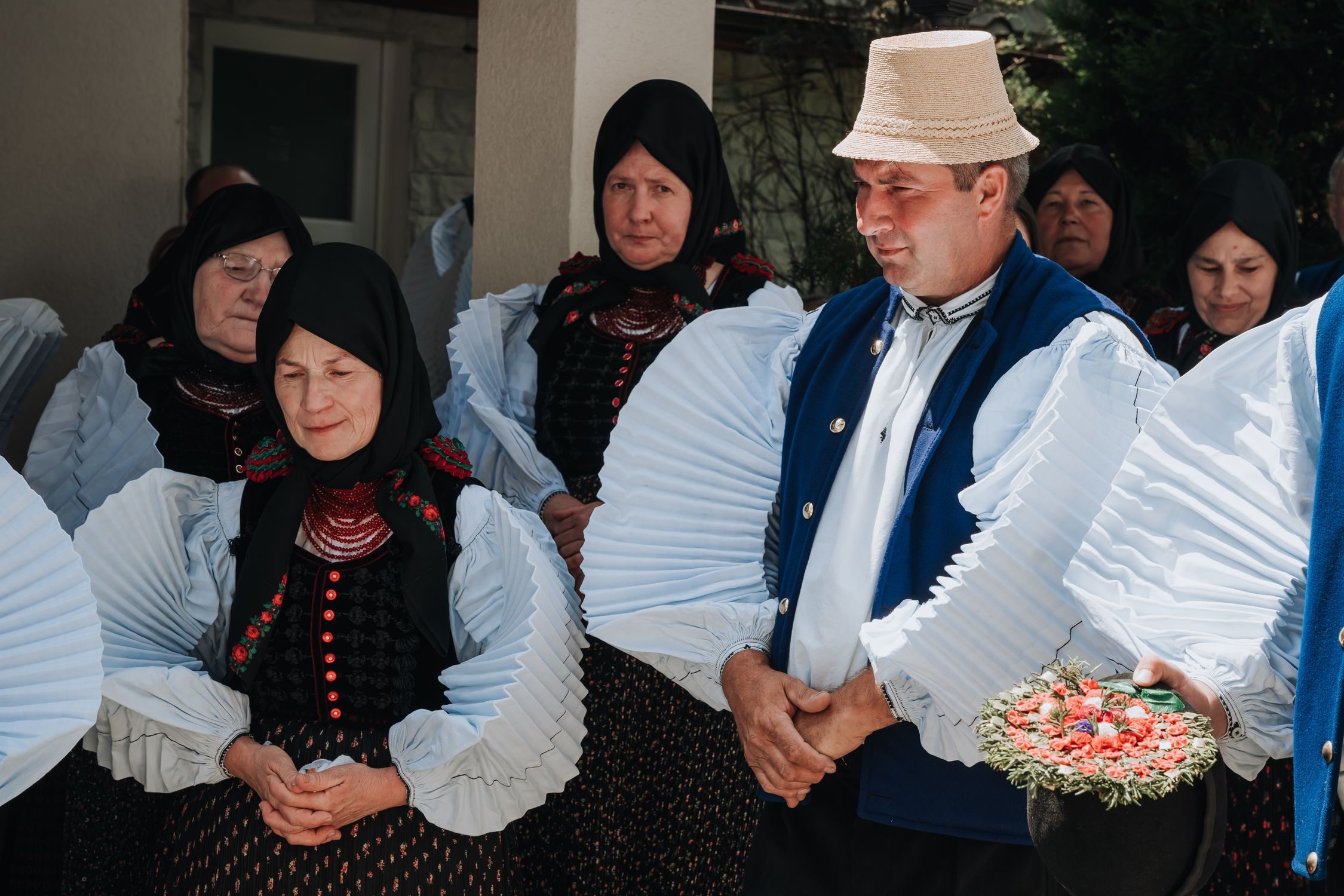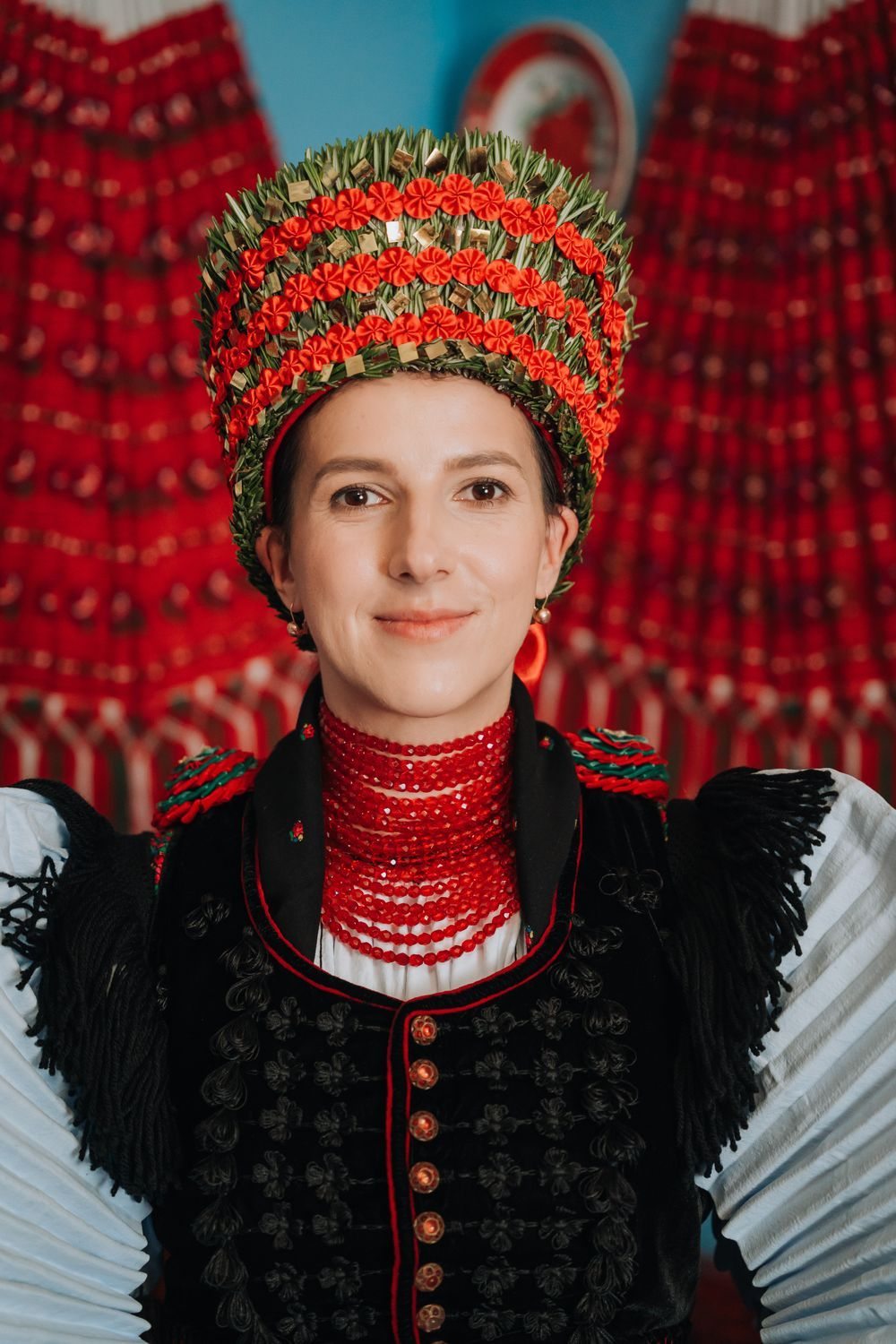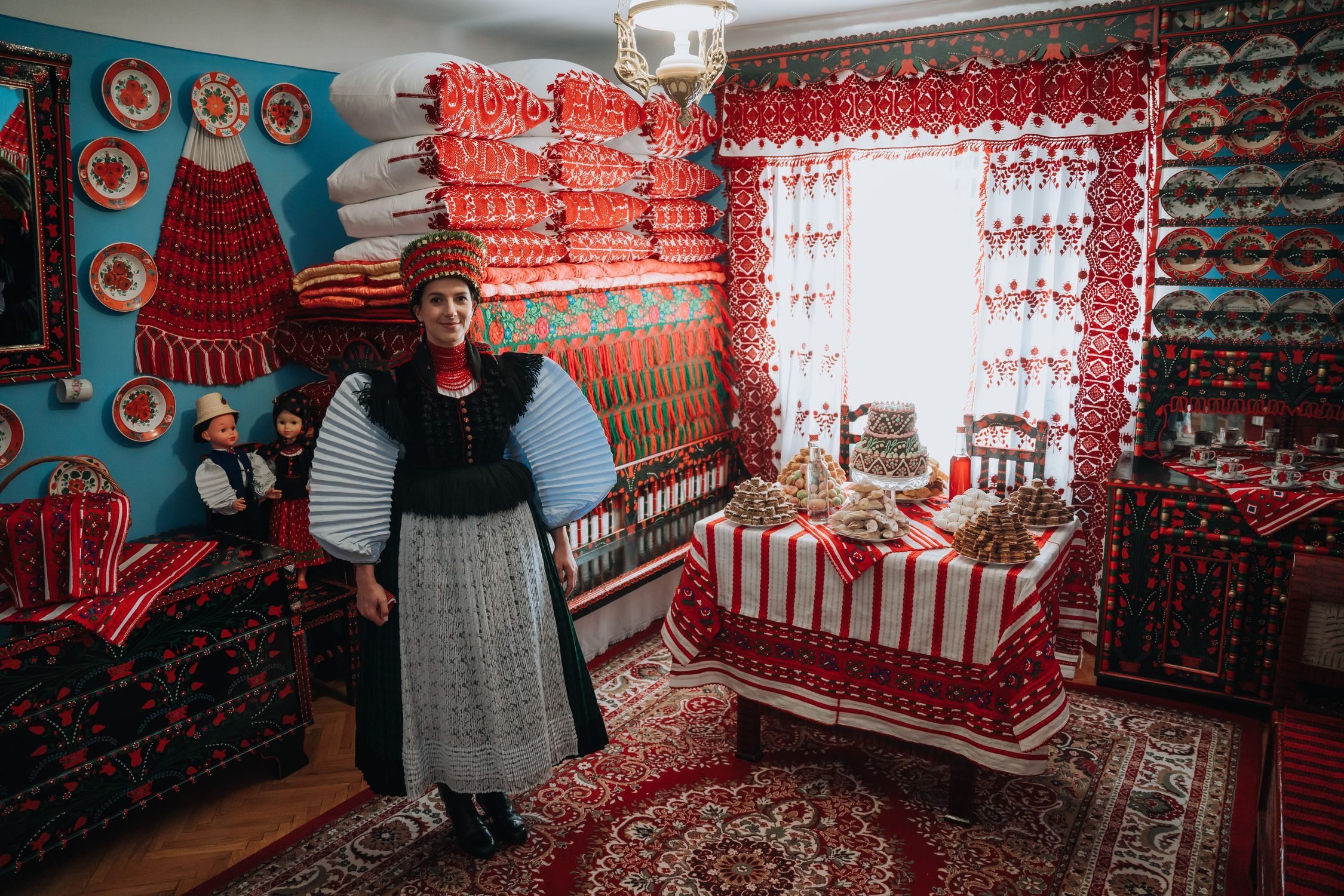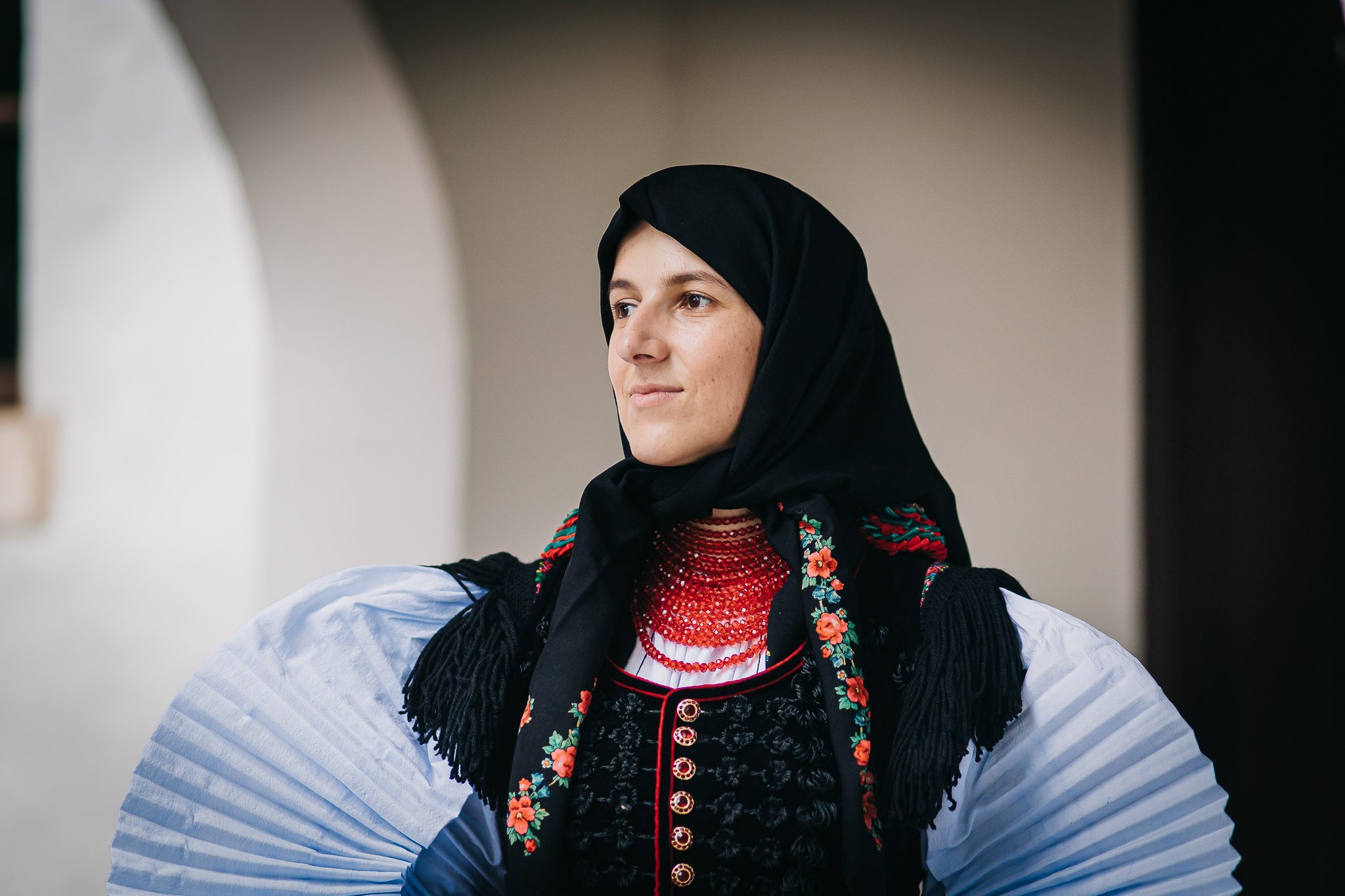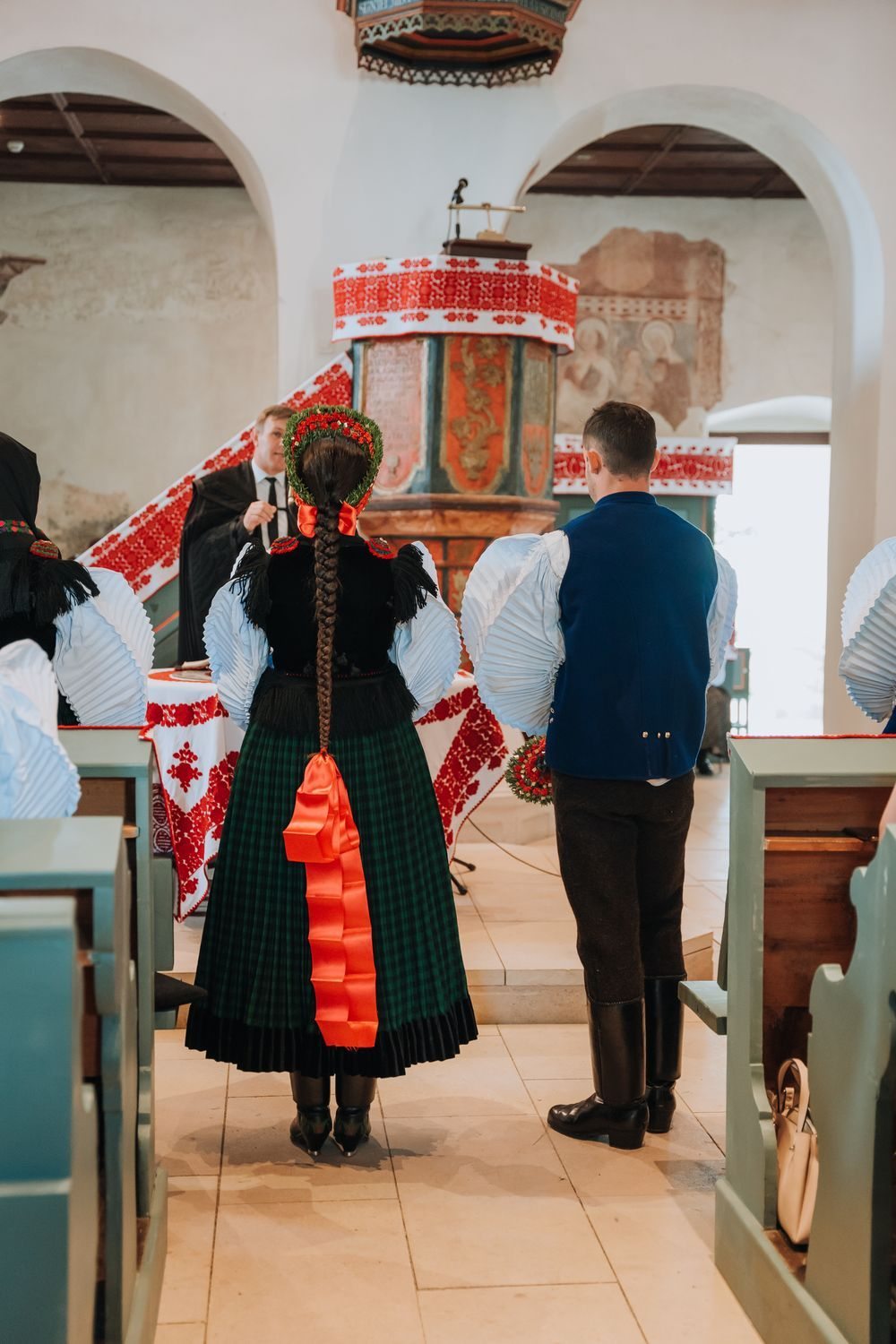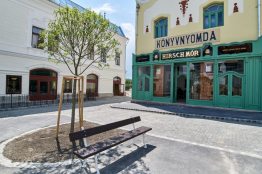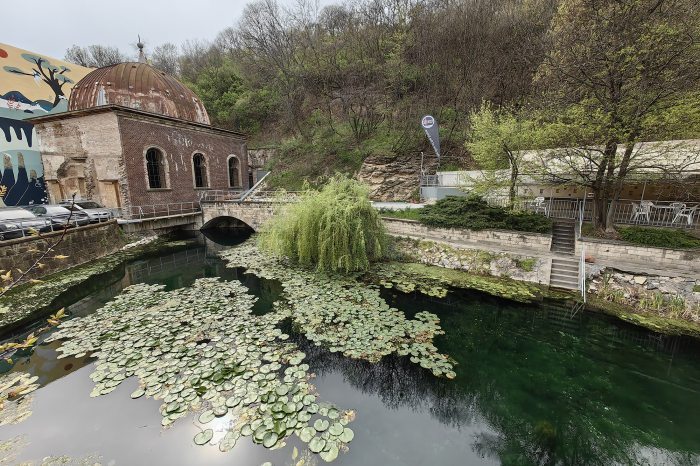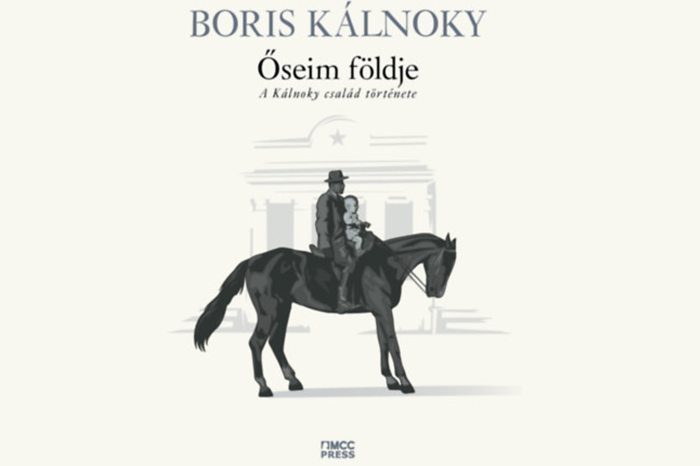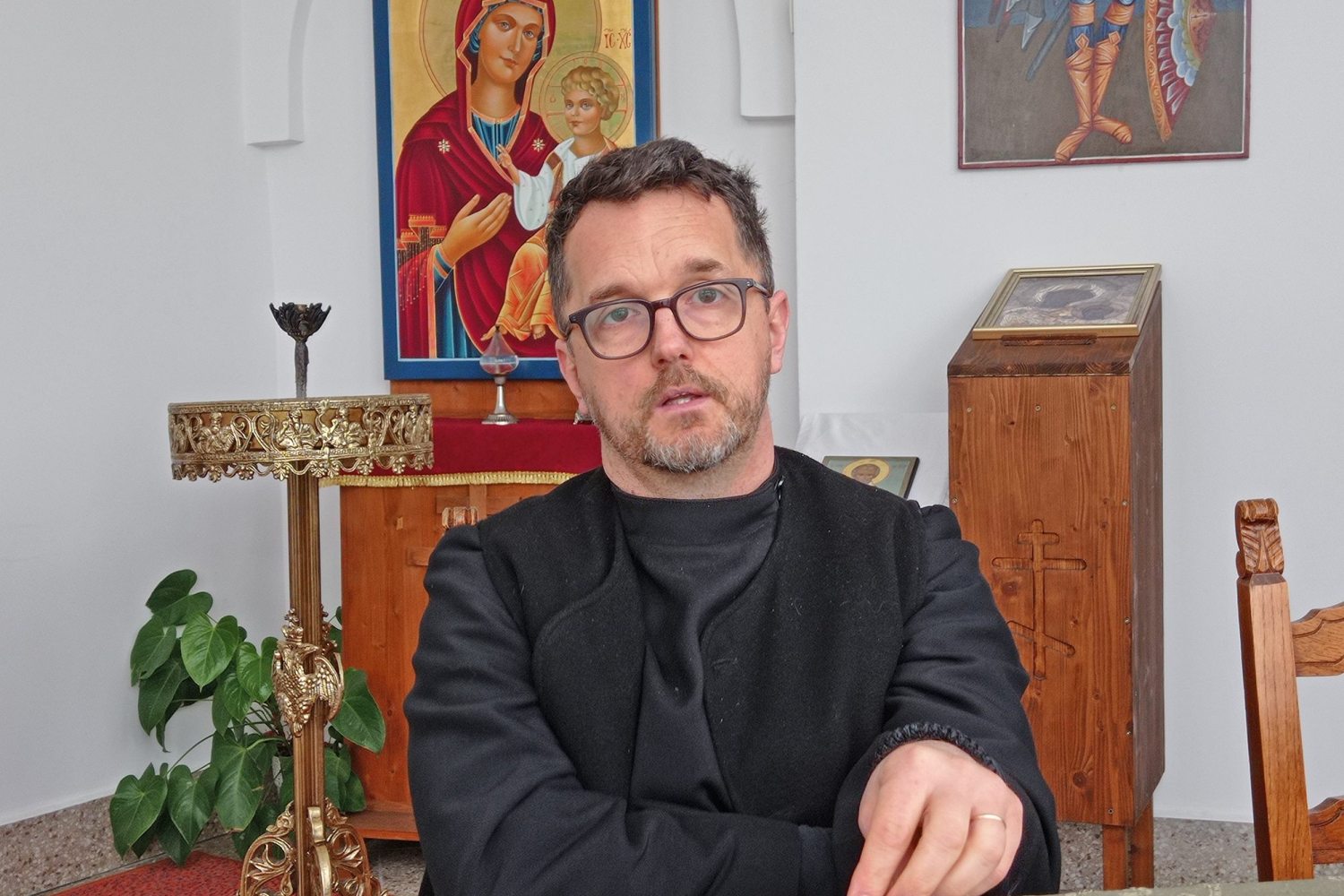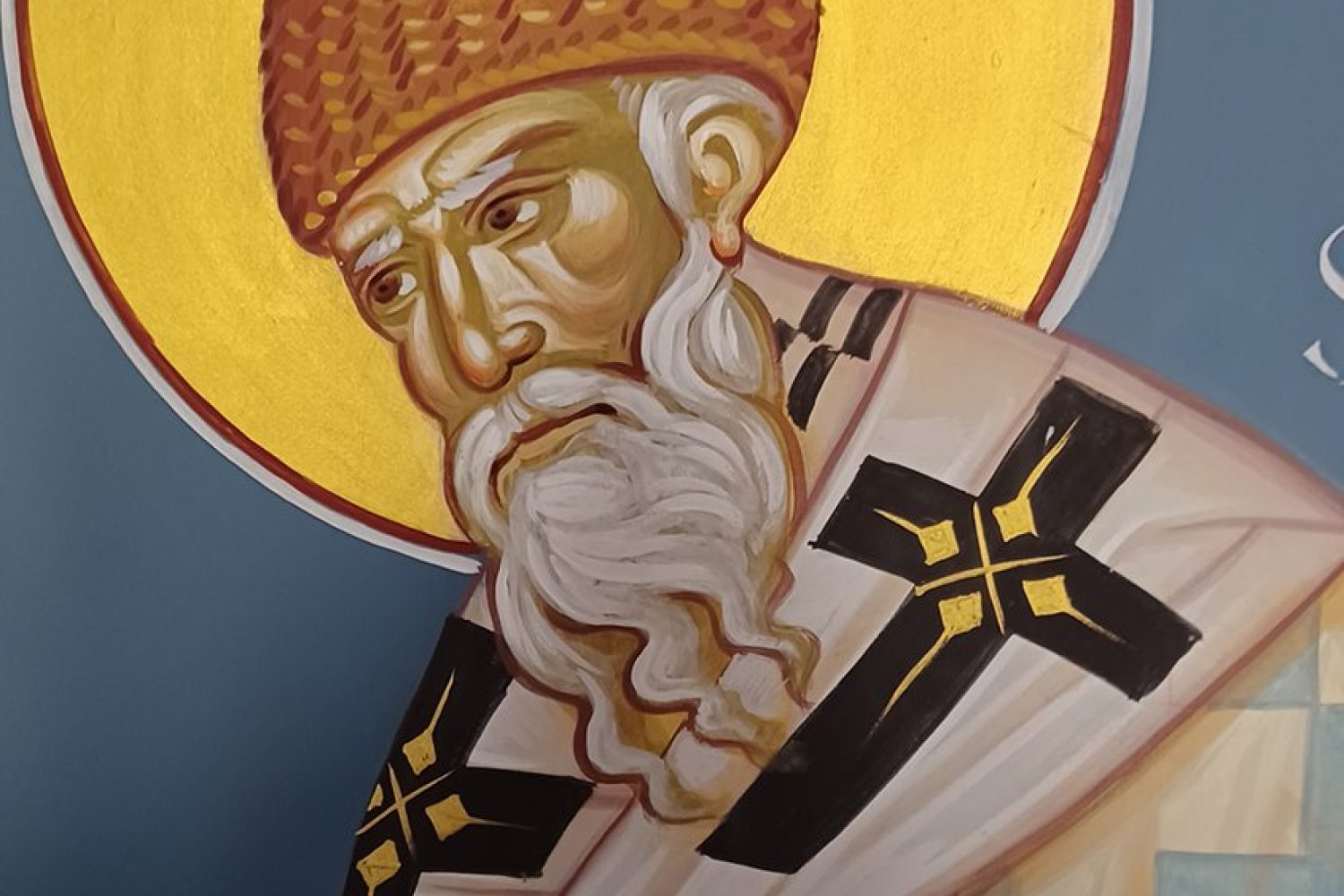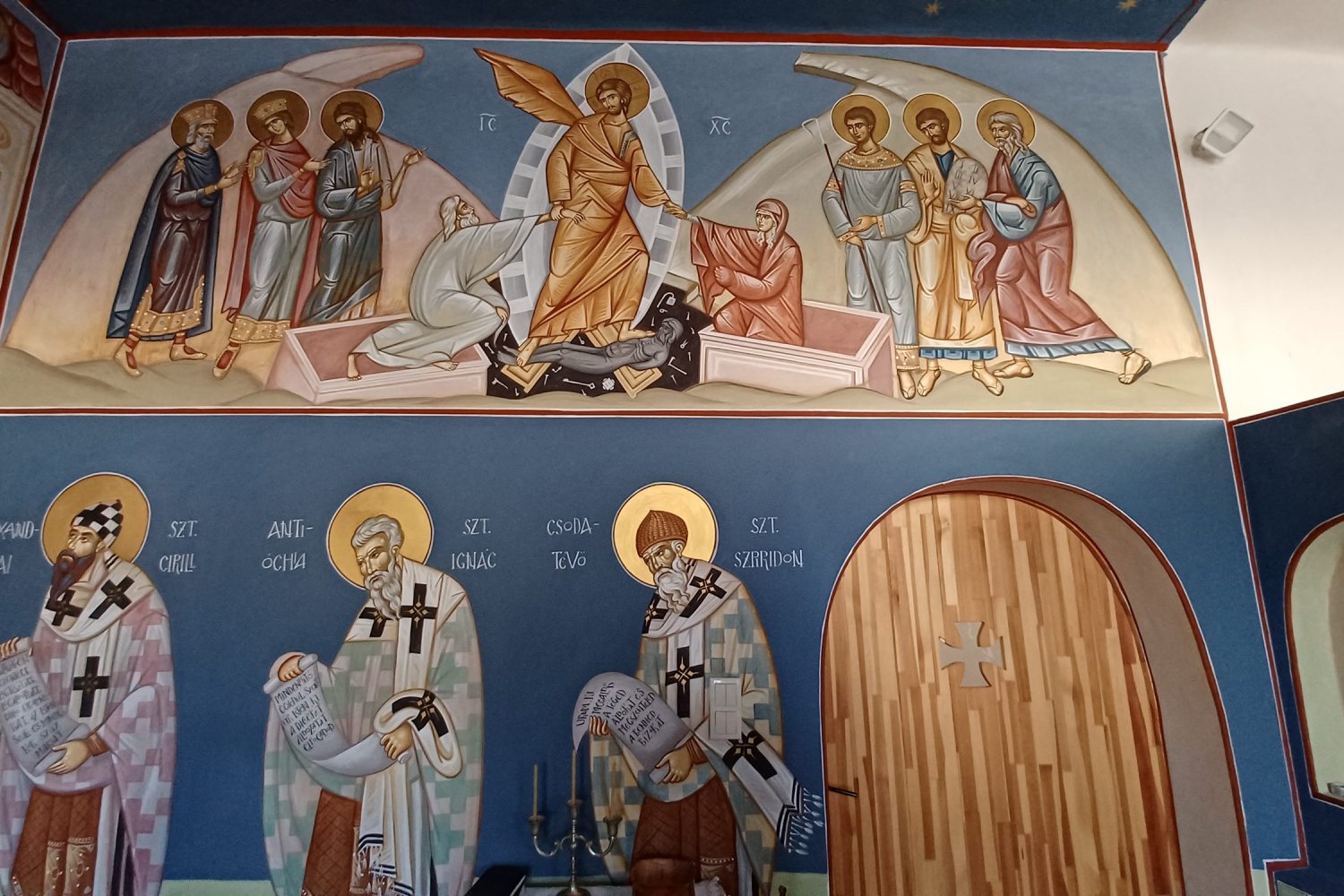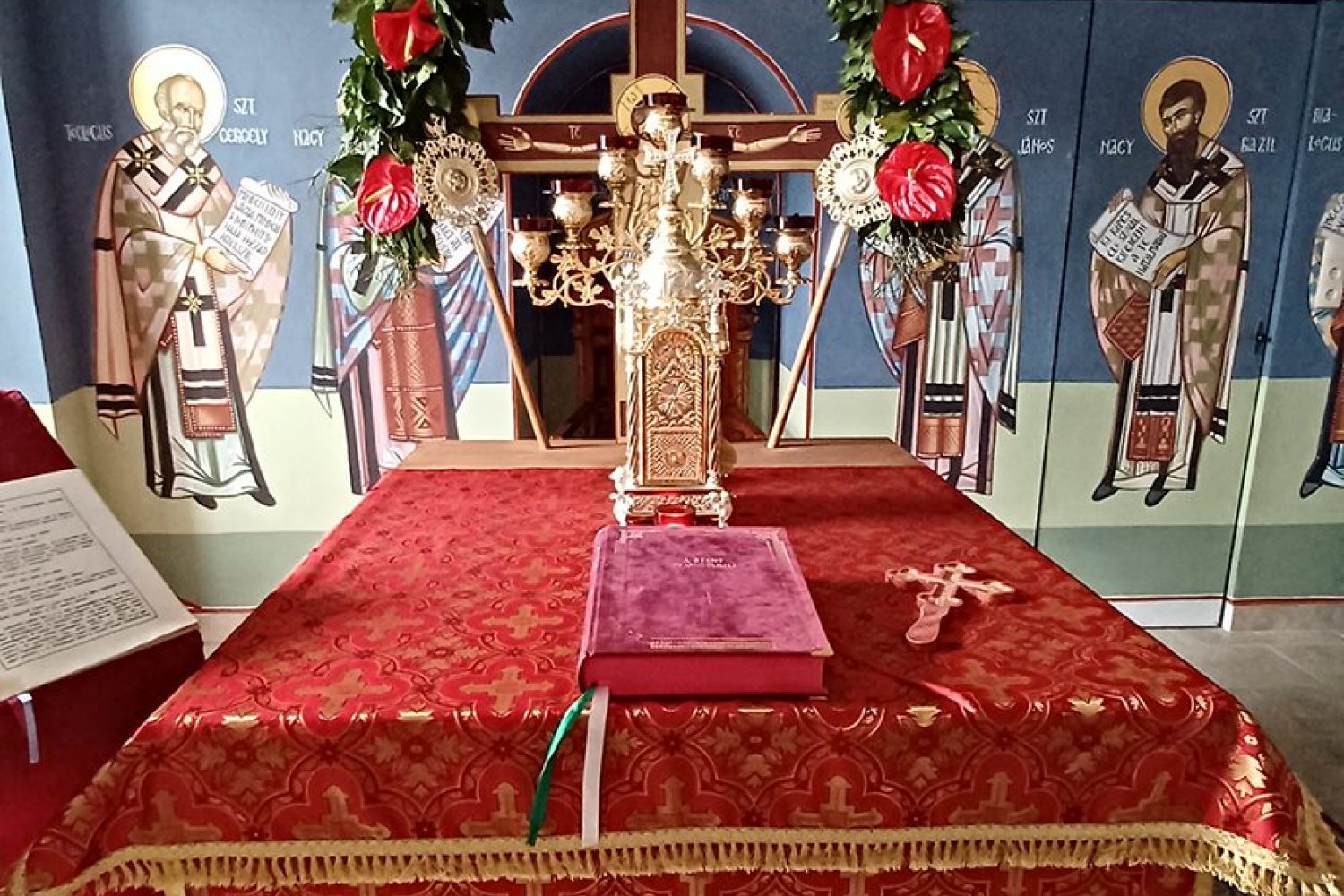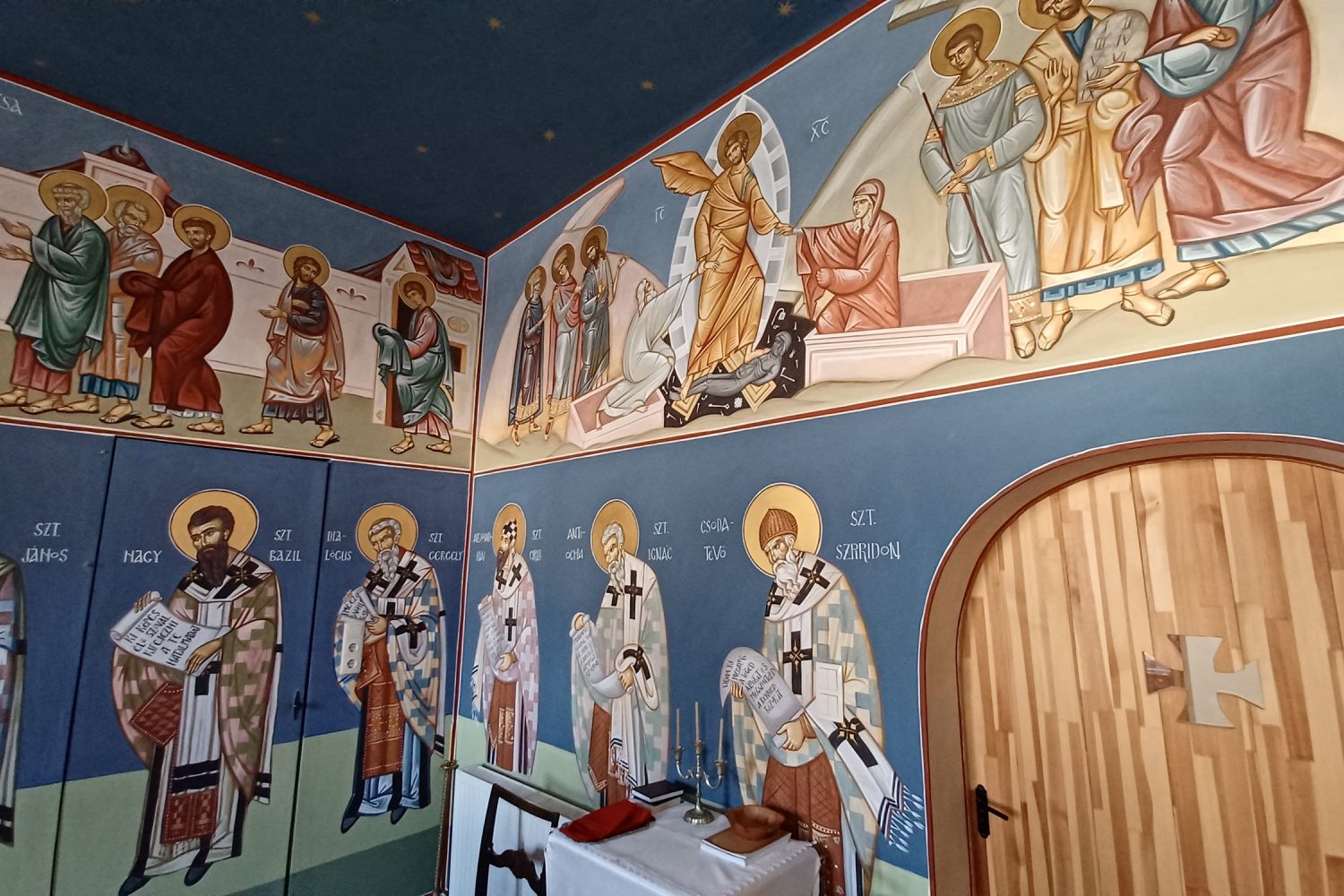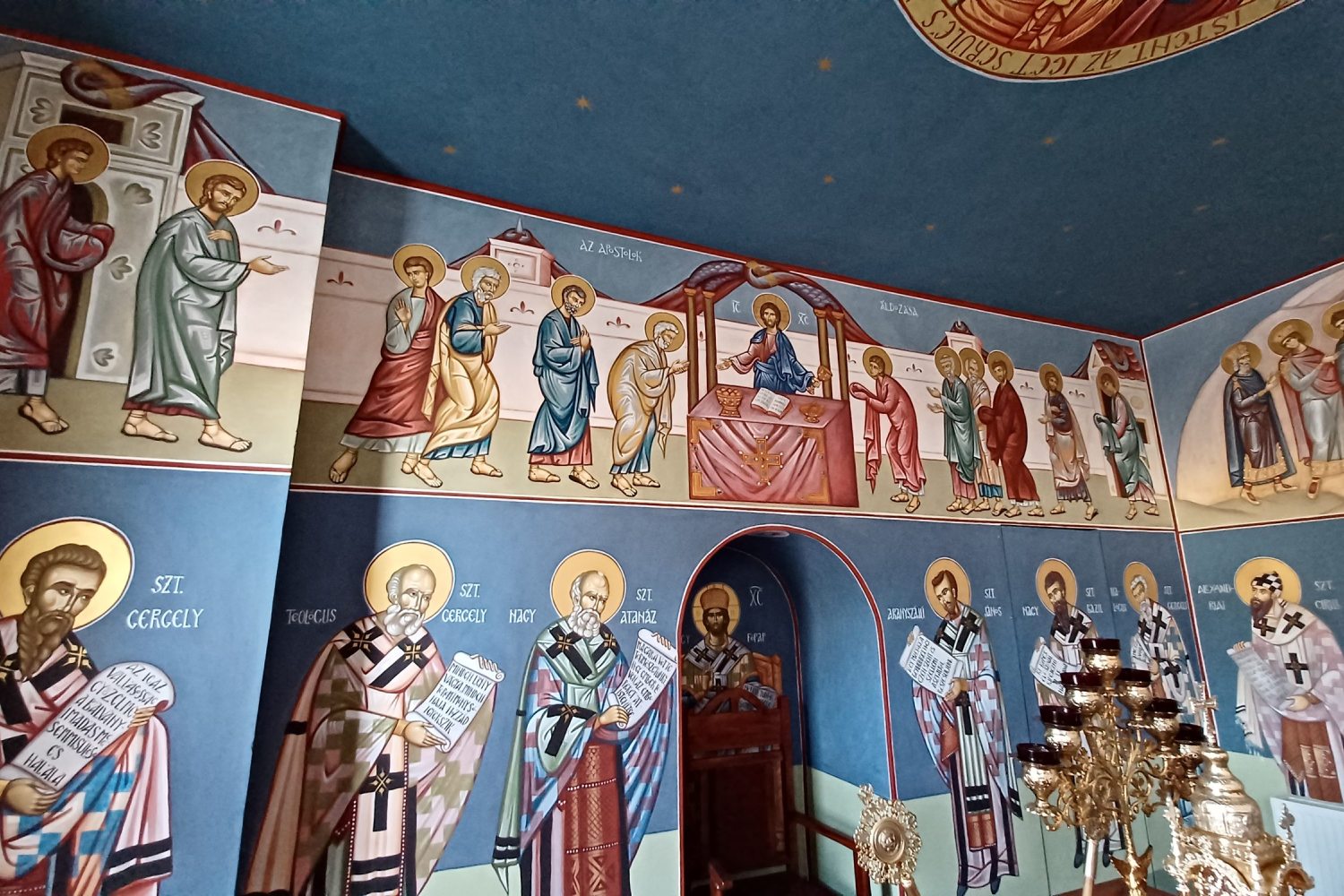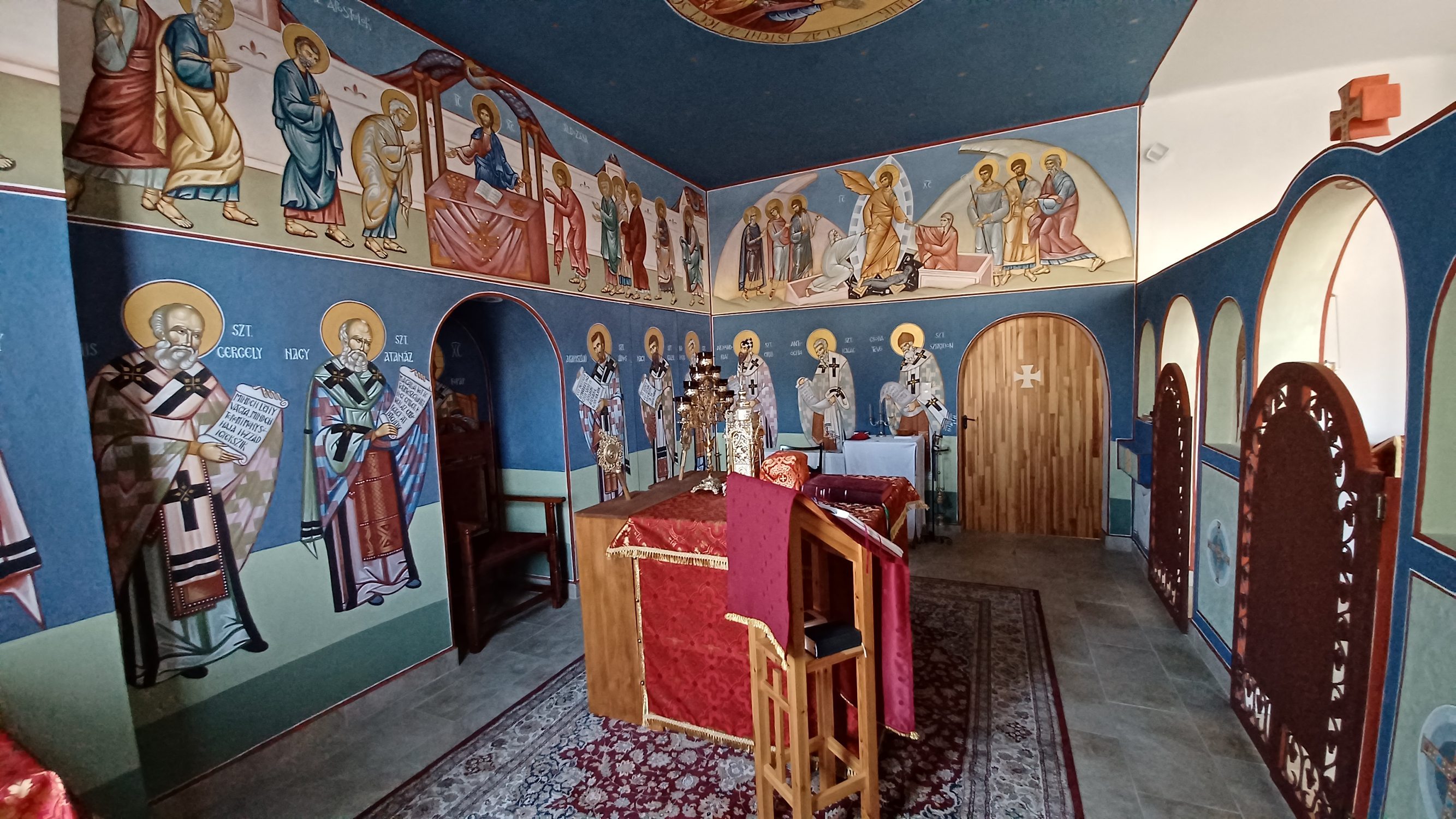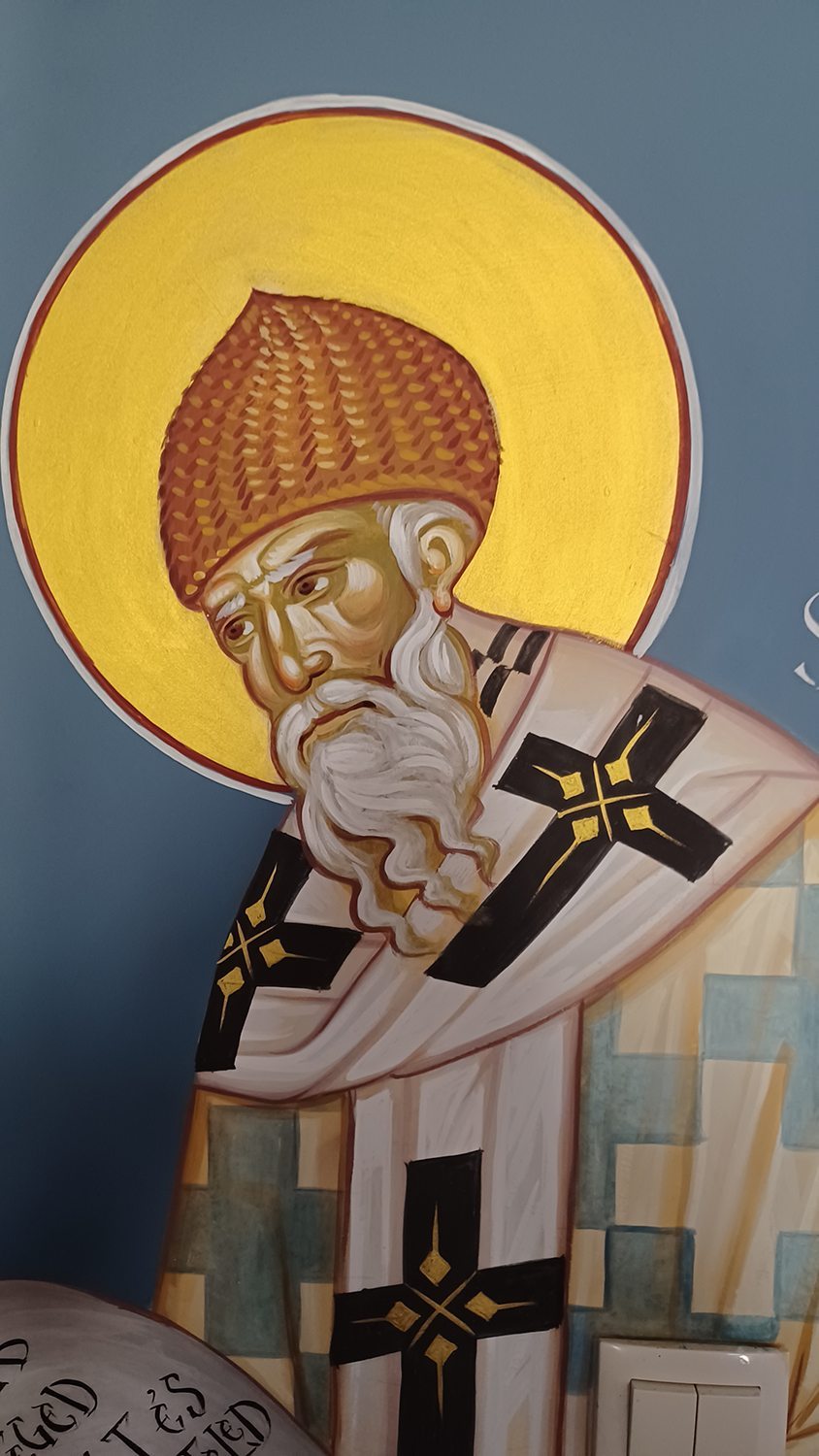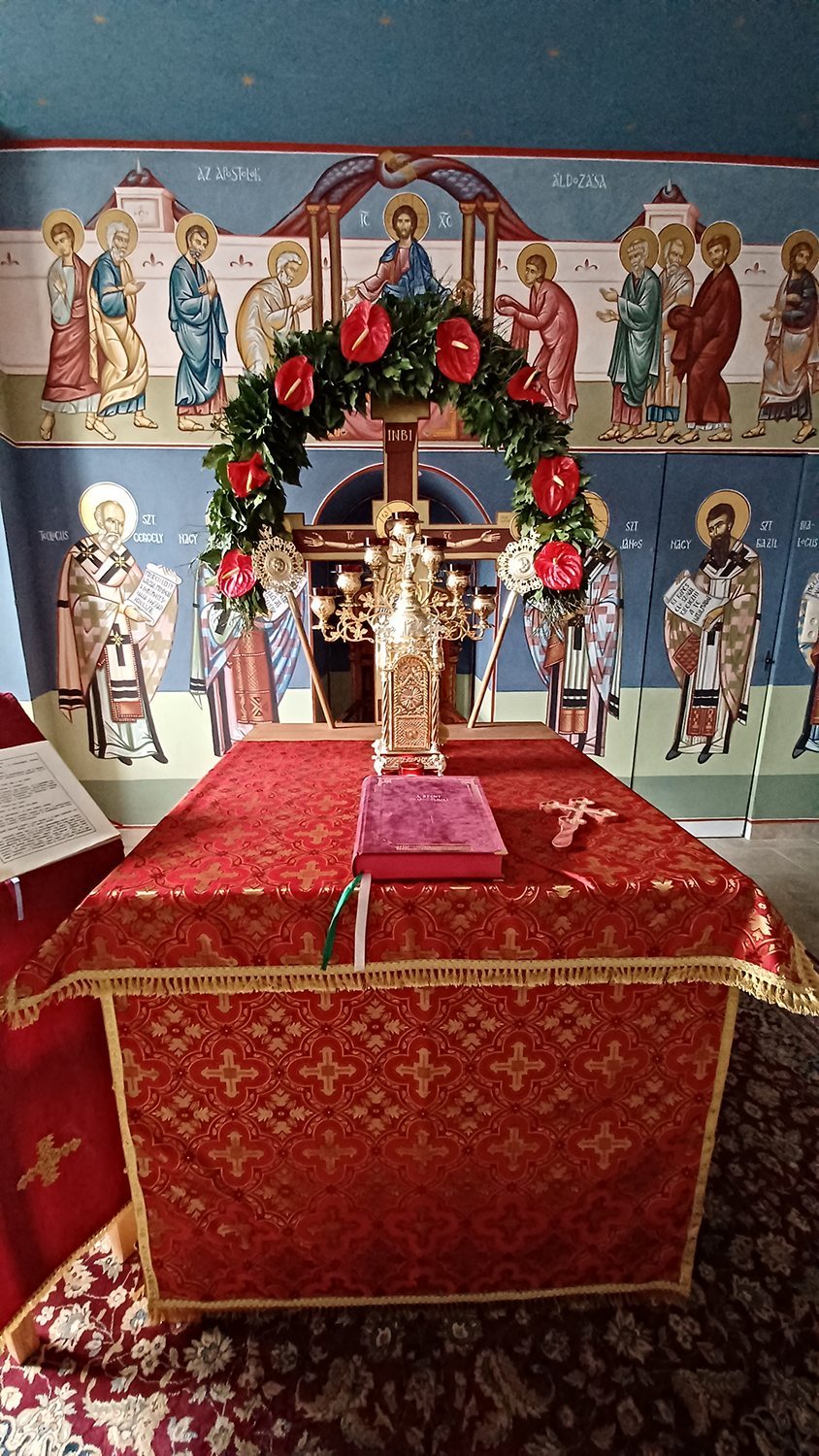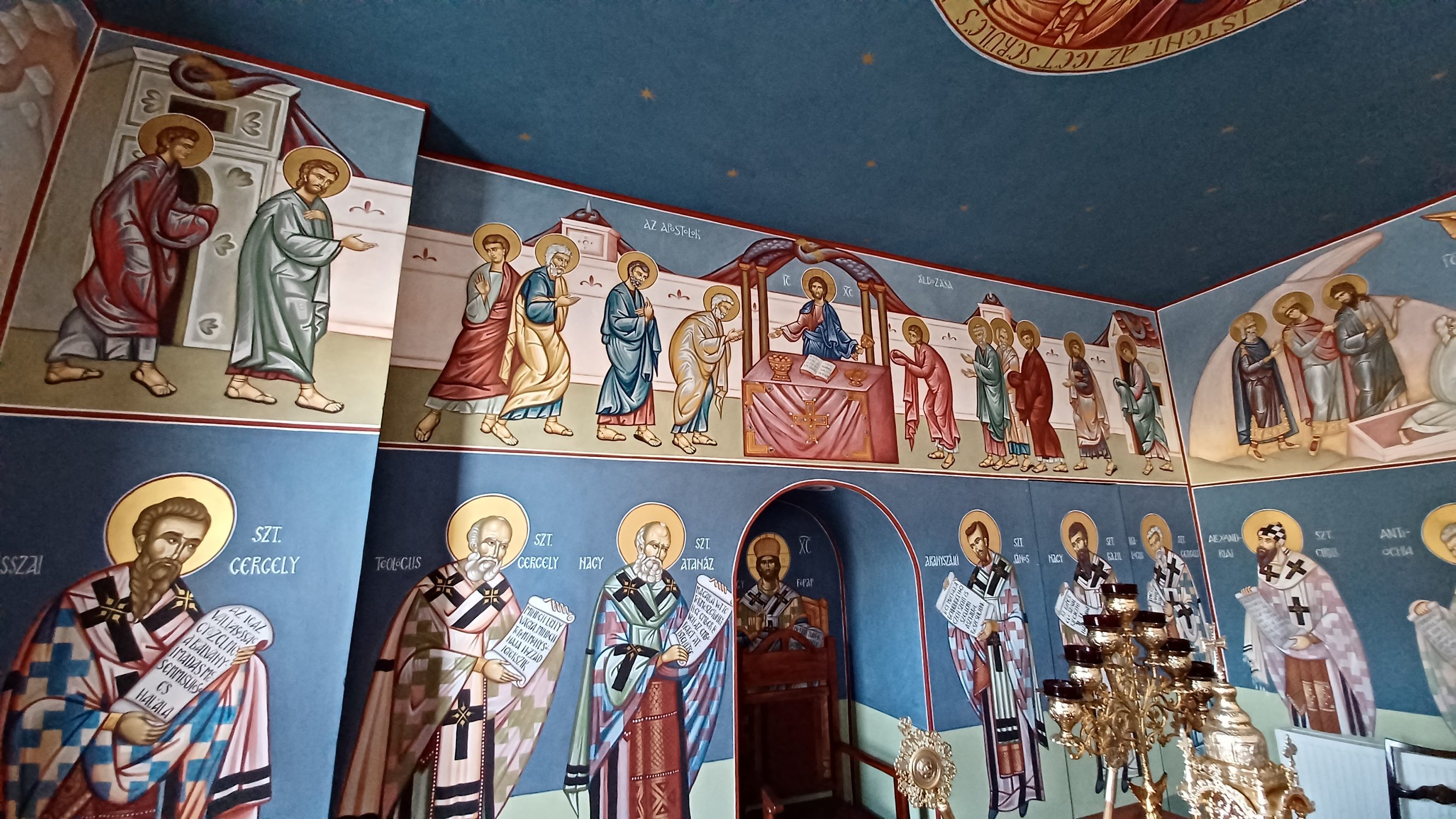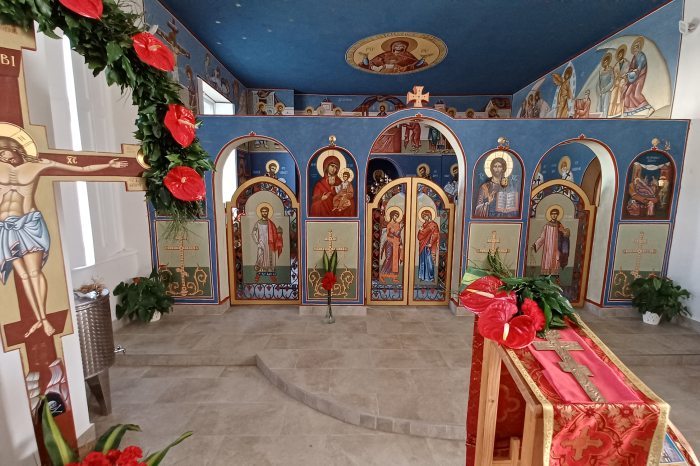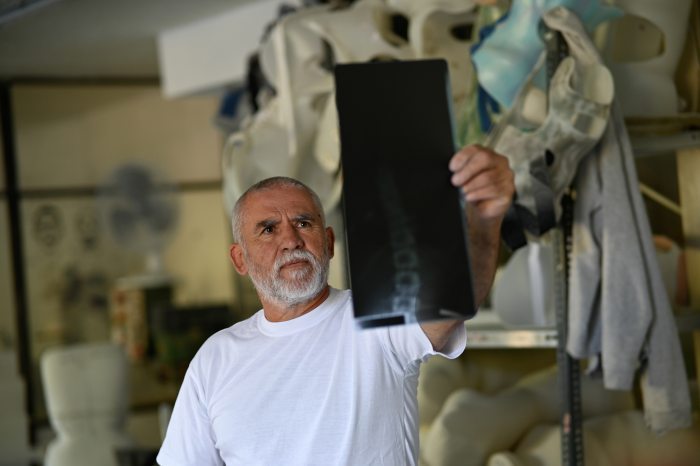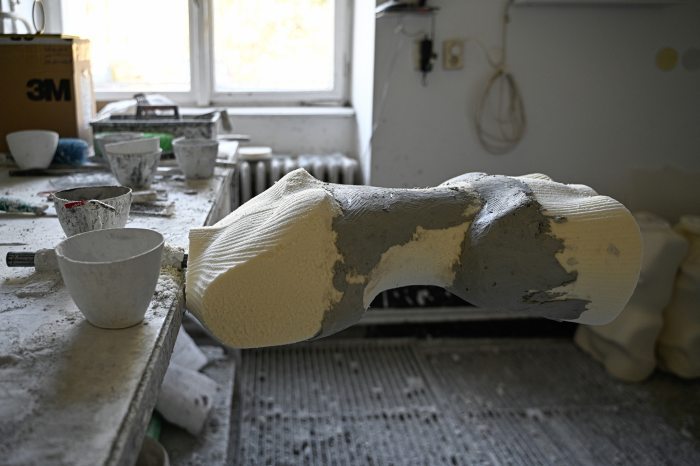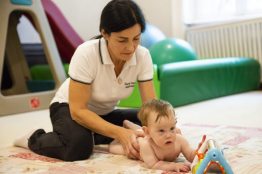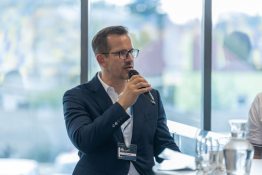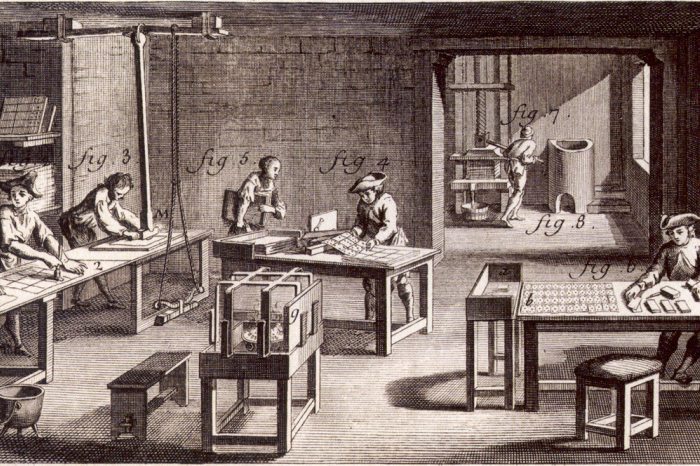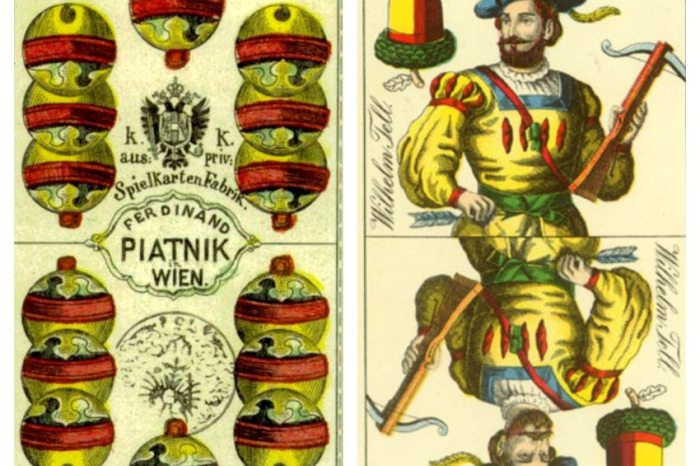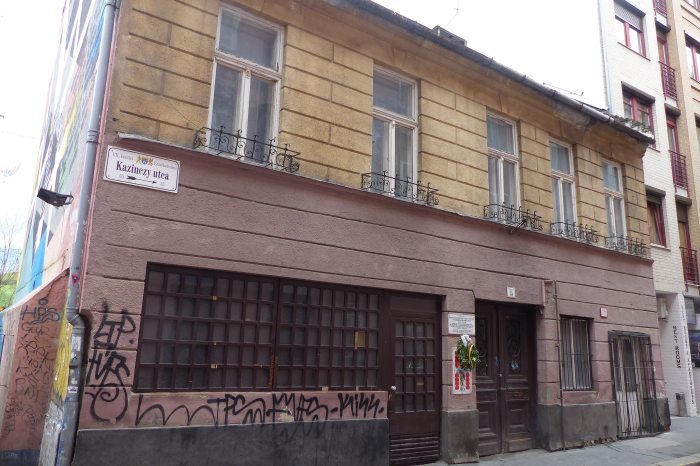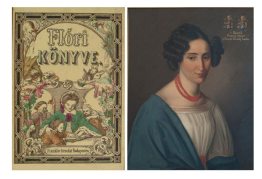How did your pro-life ministry begin?
It started with my husband, or rather when we met. In the summer of 1997, Dutch and Hungarian children went on a month-long missionary tour together in Hungary with the children's ministry of Youth with a Mission, called King's Kids. I was one of the invited leaders and Ed drove the bus with the Dutch children and adults. During the month-long camping trip, we had time to get to know each other with Ed, and the kids started teasing us, they realised long before we did that something was going on between us. After the camp, I travelled to the Netherlands on the same bus at the invitation of a family, but Ed insisted on showing me around the country. When I was left alone with him, the first thing that crossed my mind was that I was crazy: here I was with a strange man in a strange country... We sat down with the Dutch leaders to talk and soon afterwards we started planning our marriage. He took me to meet his parents, and they welcomed me with much love. His father told me that he had been praying for a wife for his son for two years. At that time my father was no longer alive, so I felt that I was receiving the father's blessing from him.
It seems that your encounter wasn't an ordinary one, and neither was your path to get there...
I had already been praying for a good husband for four years.
One night in the middle of May 1997, I had a strange experience: I woke up and God said to me audibly, "Five and a half."
I didn't see what that could possibly refer to, but I found out later. Ed and I came back to Hungary to sort out the paperwork and we ordered the ring. When it was finally ready several weeks later, we went out to Margaret Island. The Danube was low, and as we rounded the foot of the bridge there was a small area of land from where we could see beautiful Budapest lit up like a jewel box. There he proposed to me. It was then that it dawned on me that it was 31 October, exactly five and a half months since mid-May when I heard God's promise. It was like a seal of God on our relationship, which has given me a lot of strength over the past 26+ years. We had two weddings: the official one in the Netherlands, after which Ed's Christian church gave a lovely party, and the church one here in Hungary, at the Key of David Free Christian Church, where I used to go at the time.
What language did you talk to each other?
Our common language is English. The King's Kids leaders in the Netherlands suggested that, as we come from different countries, we should start our marriage in a third country, an English-speaking one. This proved to be fruitful advice. We chose Israel. Ed had previously worked for the Jewish Christian Ministry, a friend of his there was living with his extended family in Israel at the time, on the beach in several caravans, and we were able to move into one of their caravans. We were able to spend our honeymoon in a beautiful nature reserve, close to the beach and surrounded by orange groves; in exchange for accommodation, we helped with the housekeeping. We were able to spend every holiday in Jerusalem that year, it was an uplifting experience.
Have you been looking for your calling?
We prayed that God would use the year in Israel for our benefit; we were open to any Christian volunteer work. The Anglican Christ Church is located at the Jaffa Gate, and we saw a notice in the church cafeteria looking for volunteers. We worked for them for four months and lived in the Old City of Jerusalem. At a conference, we met Be'ad Chaim, a pro-life organization that had an office in Jerusalem. We started going to their weekly prayer meetings, and reading their publications. That was the first time we really came face to face with the reality of abortion.
In Israel, the law allowed a mother to abort her child at any time within nine months. Women were also required to enlist as soldiers, and the government provided them with two free abortion options during their time in the military.
For a people who have lived through the Holocaust, this permissiveness in abortion is shocking, resulting in a second Holocaust! It has become clear to us that the principle behind abortion is akin to slavery and Nazism, where people were stripped of their humanity. Wherever innocent blood is shed, the Bible says, it brings a curse: constant turmoil, war, misery.
We joined the local pro-lifers to learn the methods of this ministry: we went all over Israel distributing leaflets. We encountered a lot of openness, as Israelis learn the Old Testament in school, but many threw the leaflet away; and we also met a woman who, on seeing the phrase "Do we throw children away like rubbish?" on the leaflet, sent us to hell with a frown on her face. She must have been involved.
Did you experience any success back then?
We also handed out a small booklet. Someone threw it away after we handed it to them, but someone else, who was on her way to the abortion clinic, picked it up off the ground, read it, and as a result, kept her baby. In the five months that we did this ministry in Israel, we knew of at least five babies who were saved as a result of our leafleting work.
Ed knew then that our main ministry was to protect the children intended to be aborted.
What did you find here in Hungary in terms of pro-life movements when you returned in early 1999?
At that time, 60-70 thousand abortions were performed every year, up to the 12th week of pregnancy. We searched for those involved in pro-life work and found very few initiatives, and they did not really have the same mentality that we had experienced and desired. The Society of Christian Doctors in Hungary reached out to us. Through them and with the help of Free Christian congregations, we then won tenders, received donations, and used them to set up the Shout for Life ministry.
In autumn 2000, a helpline for pregnant women in crisis was launched, and the +36 70 2252525 number is still available today;
On 1 October 2001, the Pregnancy Crisis Counselling Centre opened in Budapest; since 2020, it has been operating online;
2002: the first counsellor training in Budapest, with 70 participants;
December 2003: the Shout for Life Association was officially founded;
In 2005, the post-abortion Bible study series and training of group leaders were launched; since then, hundreds of women have experienced spiritual healing after abortion in the groups;
From 2006 to the present, several international pro-life conferences have been organised in Hungary.
What were your ambitions when you started and what have you achieved so far?
Nonstop helplines, Pregnancy Crisis centres, and personal counselling - we wanted to implement these in Hungary, and they have all come to life. From 2001 we had our own office, where people could get a free pregnancy test - at that time it was not easy and cheap to access, and there was a great demand for it. It was also an opportunity for conversation: if they tested negative, we talked about responsible sexuality, and if they tested positive, we talked about what we could do to help them. It is very easy to talk about God, because the way a human comes into being is a miracle.
We received an ultrasound machine for our office and we wanted to offer free gynecological examinations, but this plan did not come true and we had to shut down our office due to the Covid epidemic. Today, the phone line is alive and we offer face-to-face appointments at the Jelen (“Presence”) Community Space, at 18 Kresz Géza Street, Budapest.
For many young people, the mention of God is a red flag, more alienating than attractive. How have you avoided this effect?
We attended an international pro-life conference in The Hague, where Life International was there, and they gave us very good training material; it's all about training our hearts and minds. It's important to listen completely to the people who come to us, to their problems, to help them in a personalised way; and when they have confidence in us, they themselves will be curious to know why we help them for free. We encouraged our counselors to dare to talk about their own failures and joys, their own faith.
We had people from many different backgrounds, both atheists and Christians from different denominations, we even met Hare Krishnas.
We were pioneers of this type of personal pregnancy crisis counselling in Hungary.
If someone decides to keep her child, what can you do to help her?
We collected baby clothes, and we also looked for shelters for mothers when it was needed. We also prayed for them a lot, which was very welcome. We were also able to help with adoptions on several occasions in cooperation with the Hungarian BaptistAid.
How do you see the situation and opportunities for NGOs helping pregnant women today?
When we started our work, one of our goals was to help pregnant women in crisis physically and emotionally, to save children, but we also wanted to train pro-life workers. At one time we held two training courses a year based on the Life International workbook, and hundreds of people attended. It is very good to see that many of those who started their career at our courses are now doing professional pro-life work, thus we have been able to help set up many of today's pro-life NGOs.
How did your marriage and family turn out?
We didn't have any children of our own, although I had a great desire to have a big family, and I'm crazy about tiny babies. So Ed and I decided to become foster parents. It's not easy raising children with difficult backgrounds and behavioural problems, but we loved them very much. For seven years four children lived with us, it was a wonderful time. We adopted one child, who is now 20, and we have a little grandchild.
How did you cope when, despite the help you offered, the mother who came to you still aborted her baby?
It was a horrible feeling when I knew the time and the day... It was very heartbreaking at first, and of course later on, but by then I understood that it was not my responsibility. I will do everything I can to help the mother keep her baby, but the decision is hers. It's also very important not to manipulate anyone because the responsibility is hers, whether she keeps the child and has to bring it up, maybe on her own; or whether she lives with the thought that she has aborted it.
It was important to make ourselves and others aware that this ministry is not a ministry of Ed, Zsuzsa, and our helpers and supporters, but of God. He wants to reach people, we are just co-workers.
It was an honour to be confronted with the fact that there are people who share with us the most precious secrets of their hearts.
Can you recover from post-abortion syndrome?
Yes, we also help with spiritual healing after abortion, where we have also met some moving stories. A woman in her 80s came to one of the healing courses, and only at the very end did she tell us that she had had not one but six abortions. We were approached by an elderly woman who could not even count how many abortions she had had. In their youth, abortion was used almost as birth control. In the second half of the 1960s, there were twice as many abortions as births.
In Hungary today, we have a liberal abortion law, while at the same time, the Constitution declares the protection of fetal life. Sometimes I feel that, in the lack of a state institutional network, the few church organizations and NGOs that try to help pregnant women in crisis are just a small drop in the ocean. What more can be done?
I think a network would be important, but it's like a map, and if you don't have a reference point, you can get lost with a map. Networks can keep you, but they are generally impersonal and cold. It is through personal connections that change can really come in the situation of someone in crisis, decision to have the baby could even give them purpose and joy in life.
Older generations were led to believe that the baby in their womb was just a clump of cells, but today's new generation, with the internet as their primary source of information, knows that the baby's heart starts beating at three weeks. I once received a phone call from a middle-aged woman who had only realized too late how big her baby had been and how much it had felt at eight weeks when she aborted it, and she was pained afterwards that no one had told her about it at the time. Today's young people may already be aware even of the emotional burden after an abortion. I am a great believer in getting the facts, the truth, out in the open, and there has been progress in that. As the Bible says, "The truth will set you free".
The more scientific facts about fetal life become known, the more indefensible abortion becomes, because it is becoming increasingly obvious: it is taking the life of a living human being. Scientific knowledge is consistent with the Bible, with God's teaching on the protection of life.
Another important cornerstone of our ministry is love. Justice and love are two pillars, both equally important. The motto of our training was also "Speaking the truth in love". We have always tried to make people who come to us feel that they are not alone: we are with them, and we have also told them about God because He is with them even when we are not physically with them. We tried to connect everyone to a Christian community, to a church. When our daughter was very sick and was expecting a baby when she was young, I asked for help, but the thing that really helped her the most was that I made a decision: I would support her, I would sacrifice for her, I would help her in her daily life. The best thing that can help young people is to have a family by their side in a crisis. It is not easy. That is what God did: he became incarnate in Jesus, who walked among us, taught us, and then sacrificed Himself for us. Before His ascension, He promised to send us an Advocate, a Comforter, so that we would not be alone – and that is the Holy Spirit. He also gave us community so that we could experience love and acceptance through people.
How many children owe their lives to Shout for Life?
At least 120 that we know of for sure, but probably more. I cannot give an exact number because we have not been able to follow the fate of all of them. Four or five children a year we knew that we had helped their mothers to make a decision to keep their child's life. We have very beautiful, empowering stories, and we have remained friends with some of them to this day.

